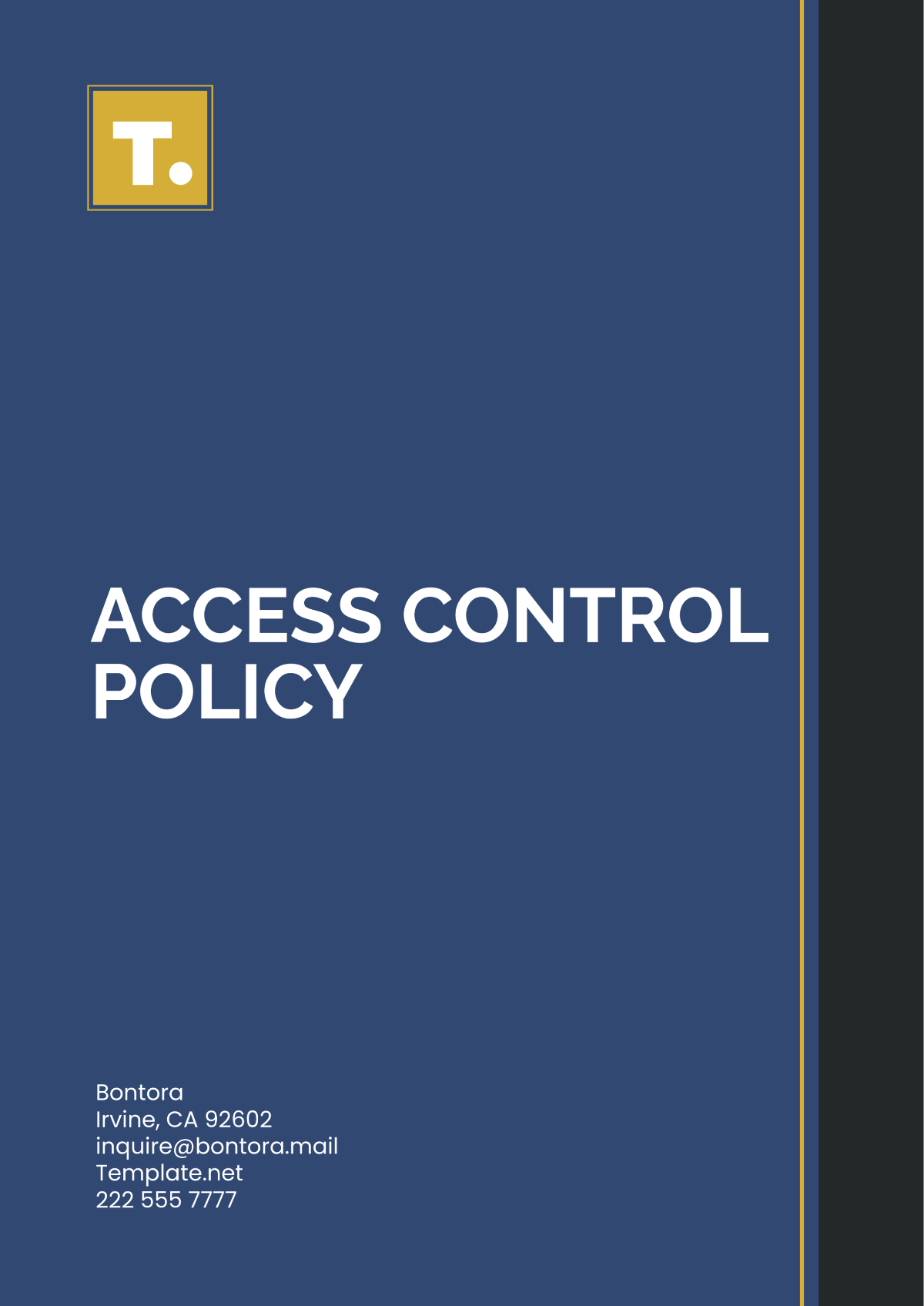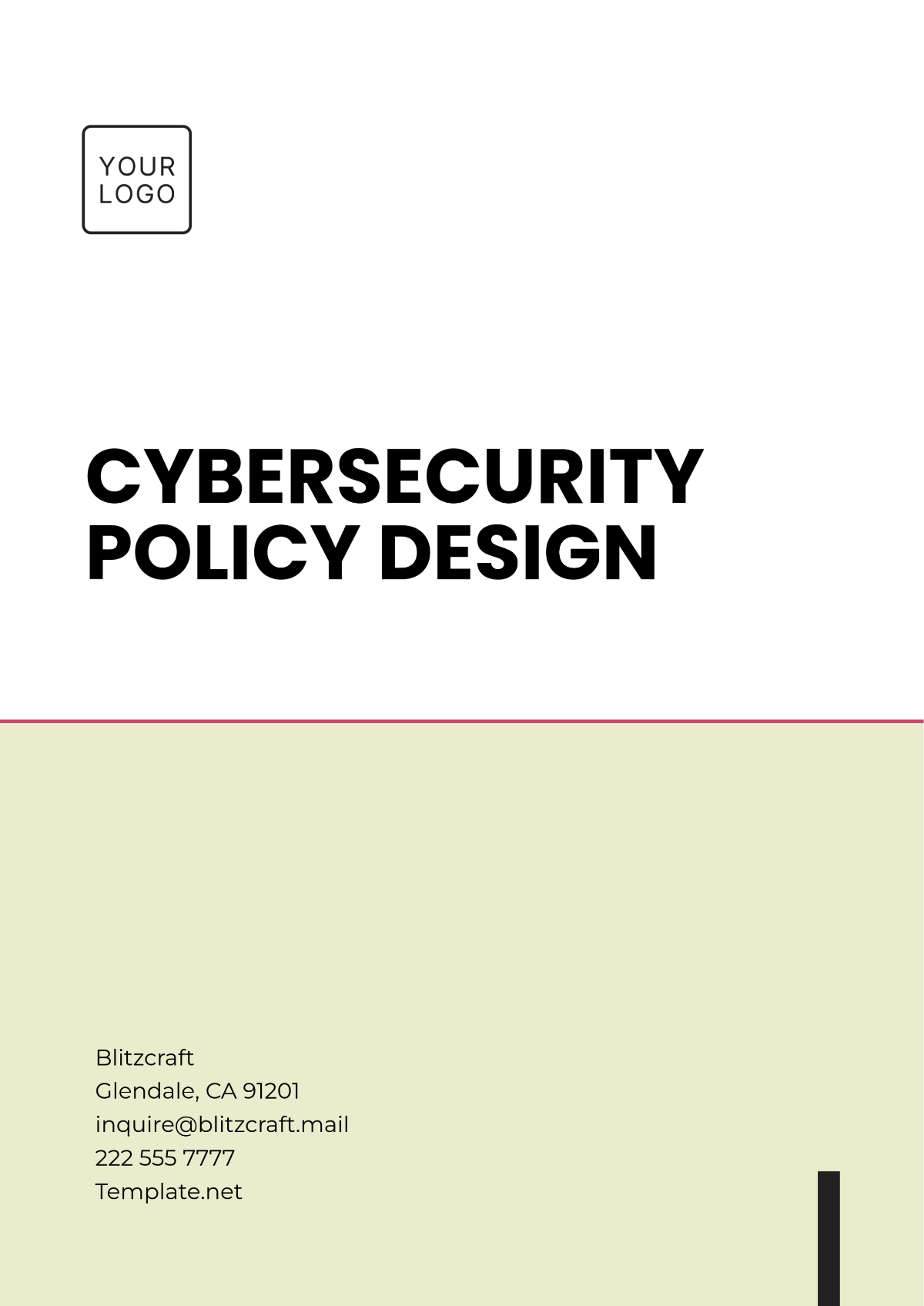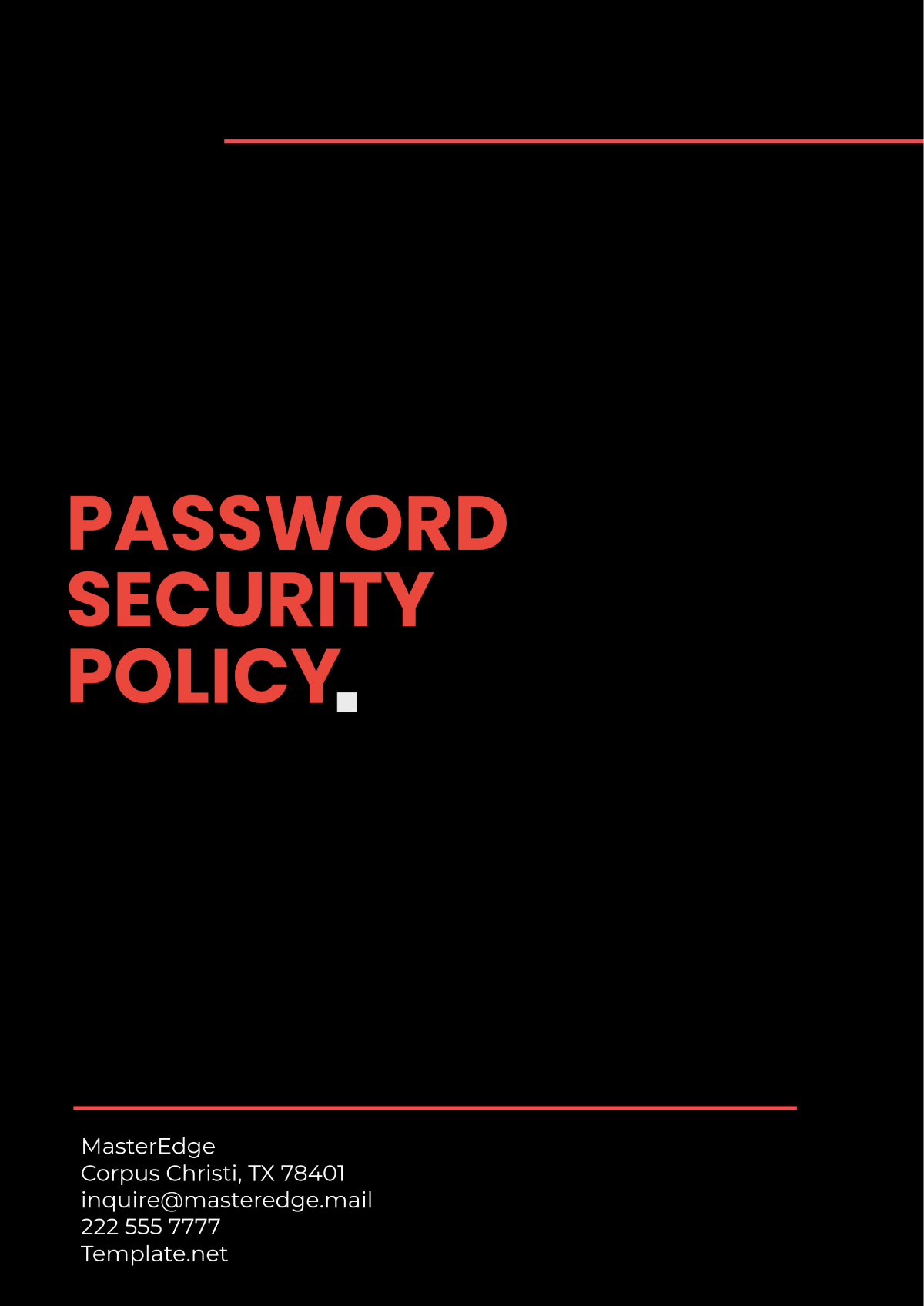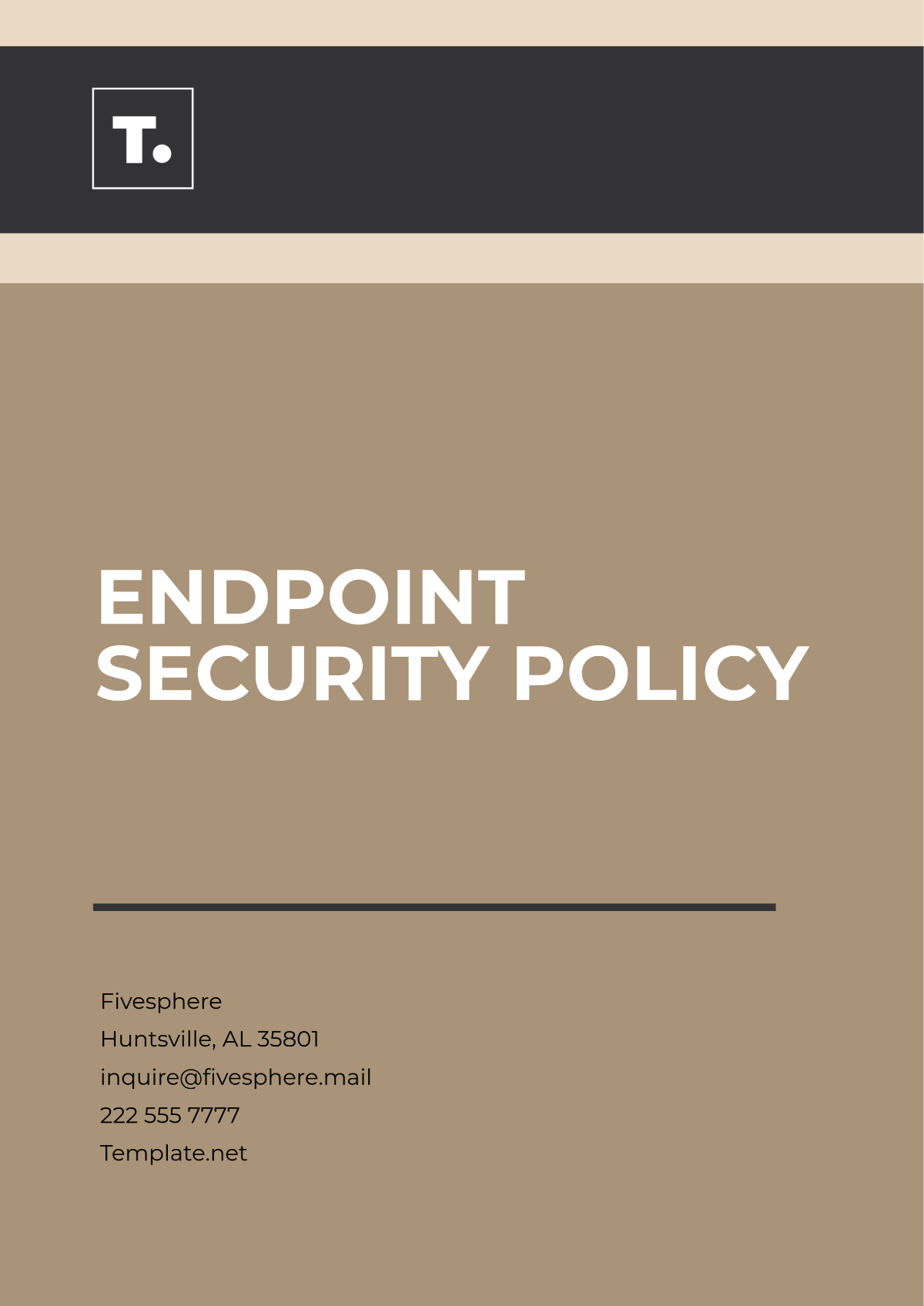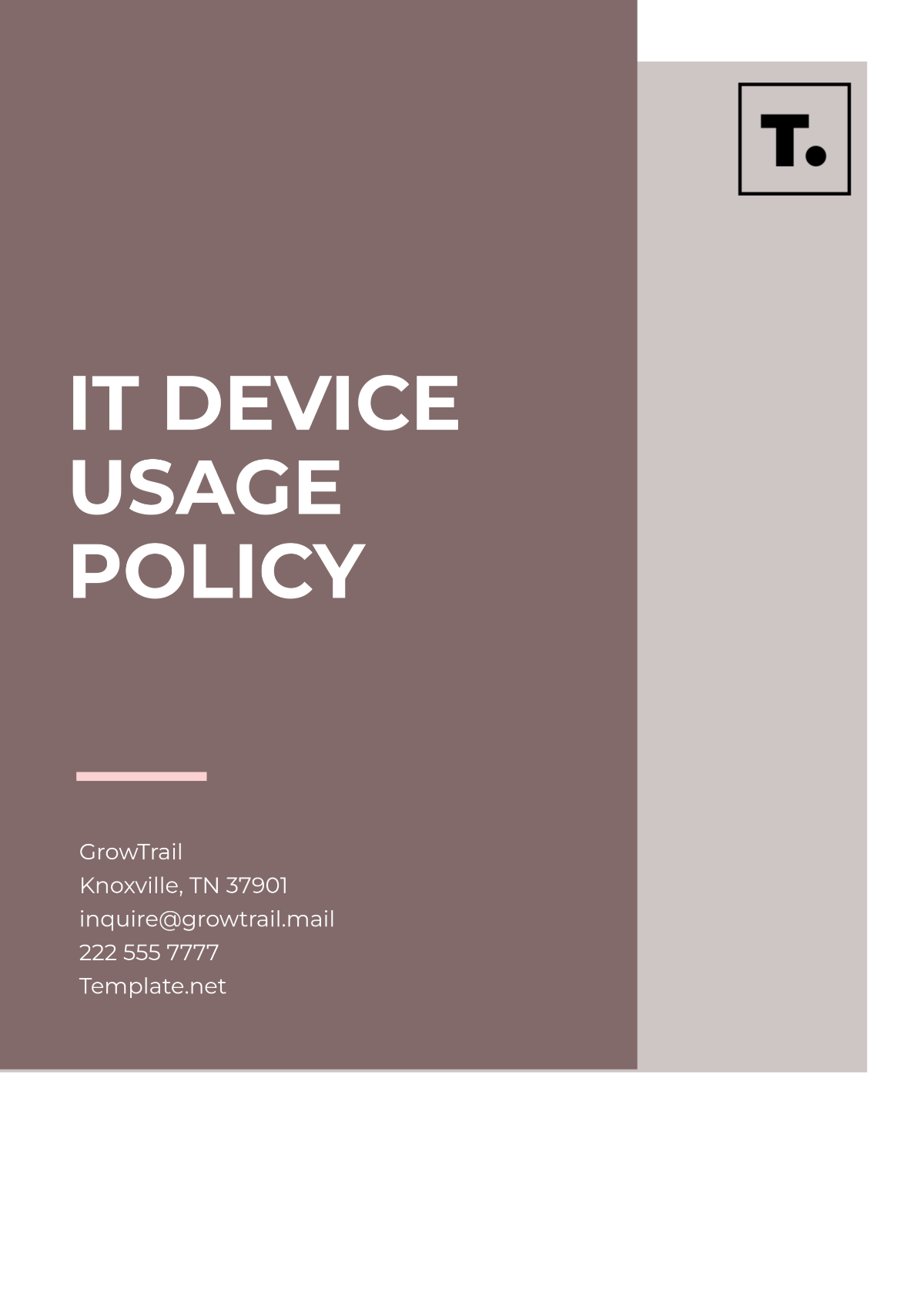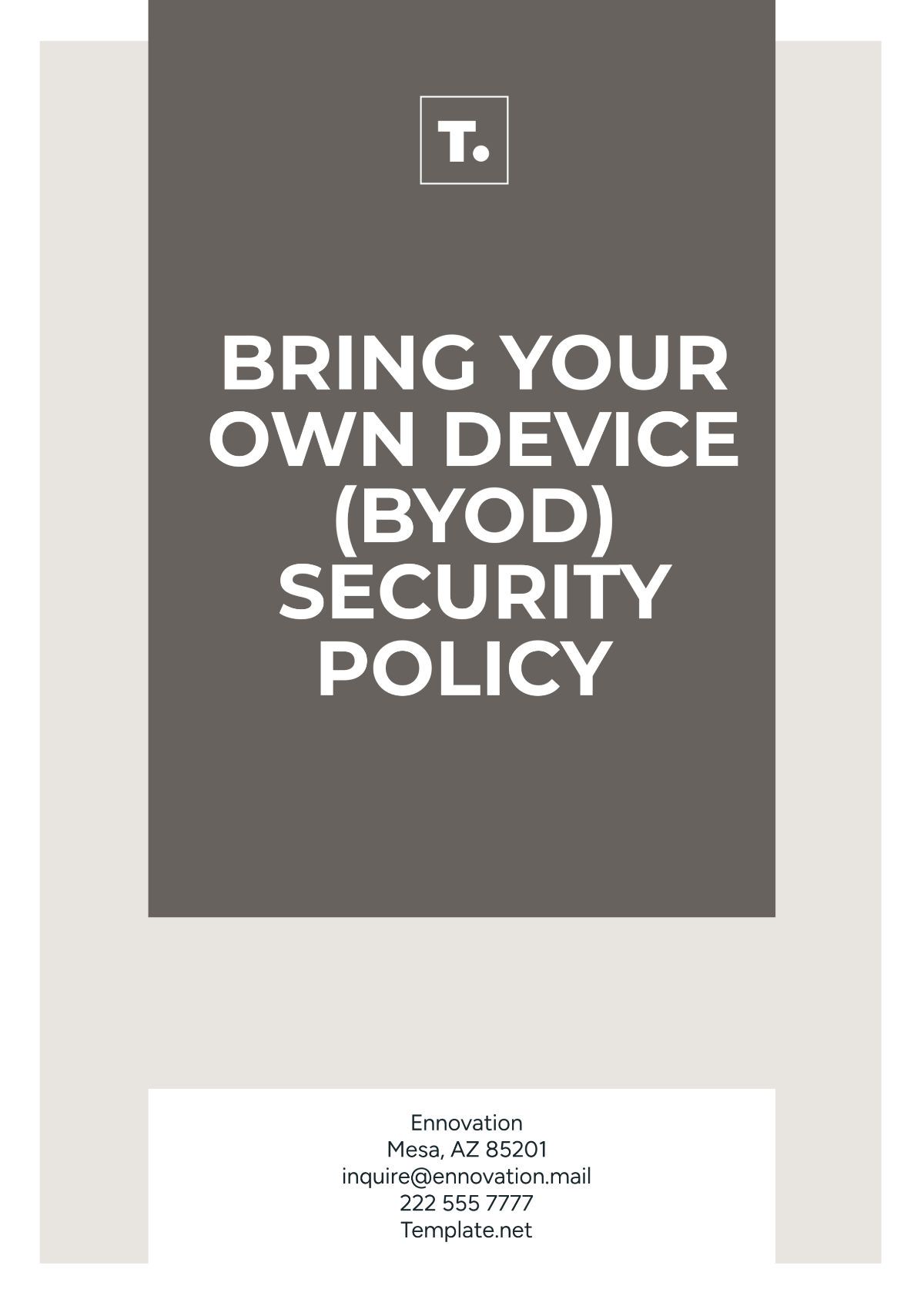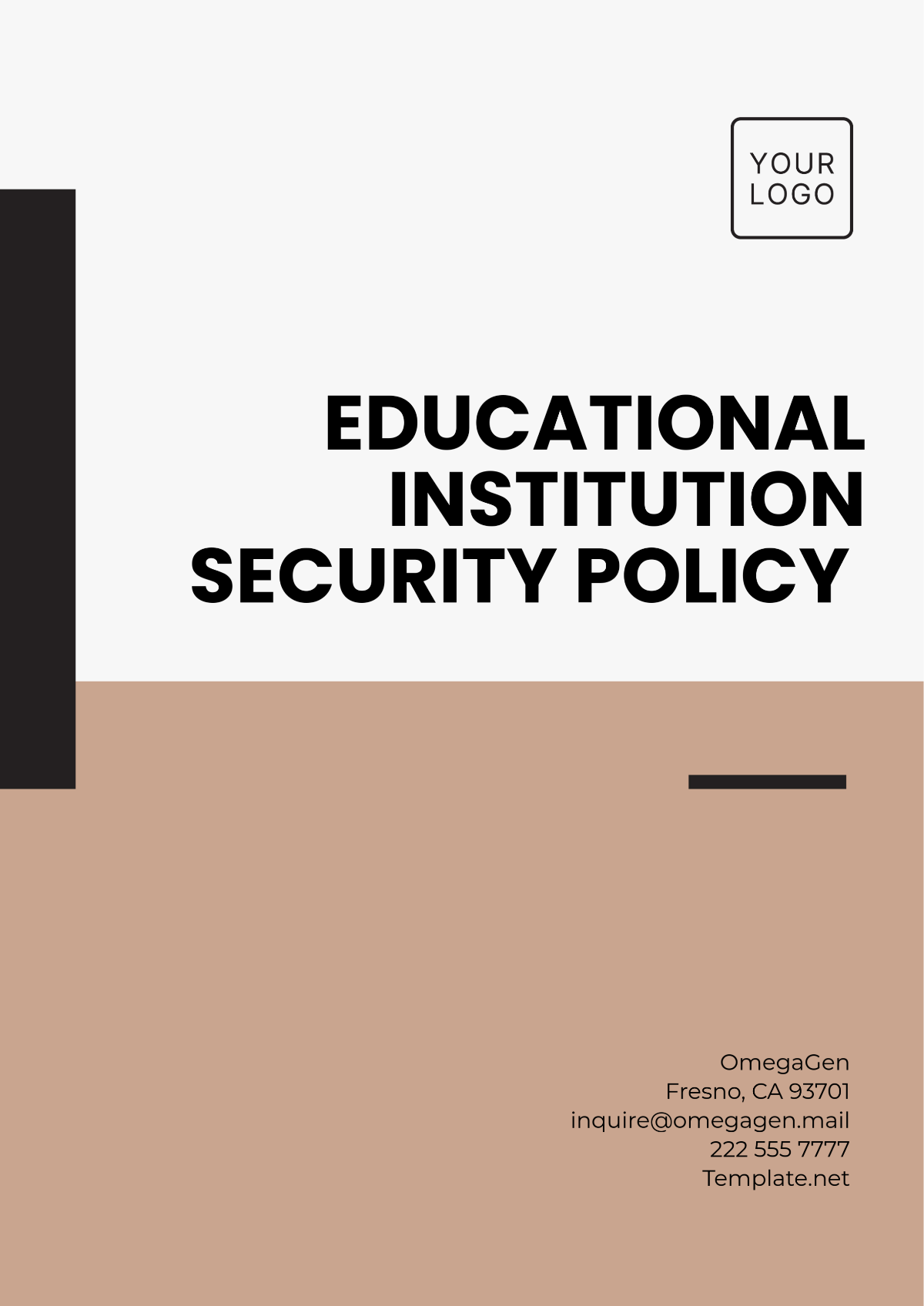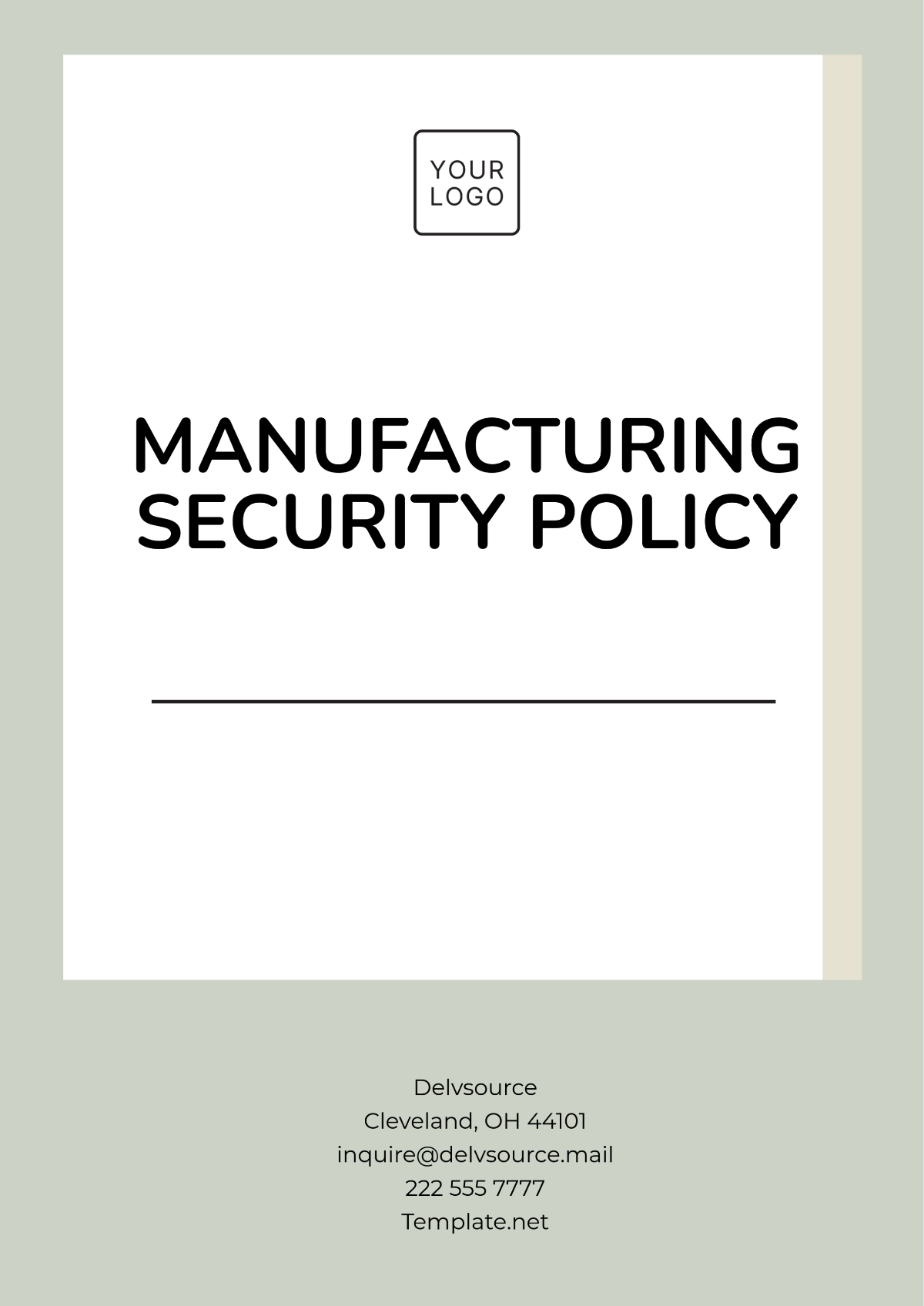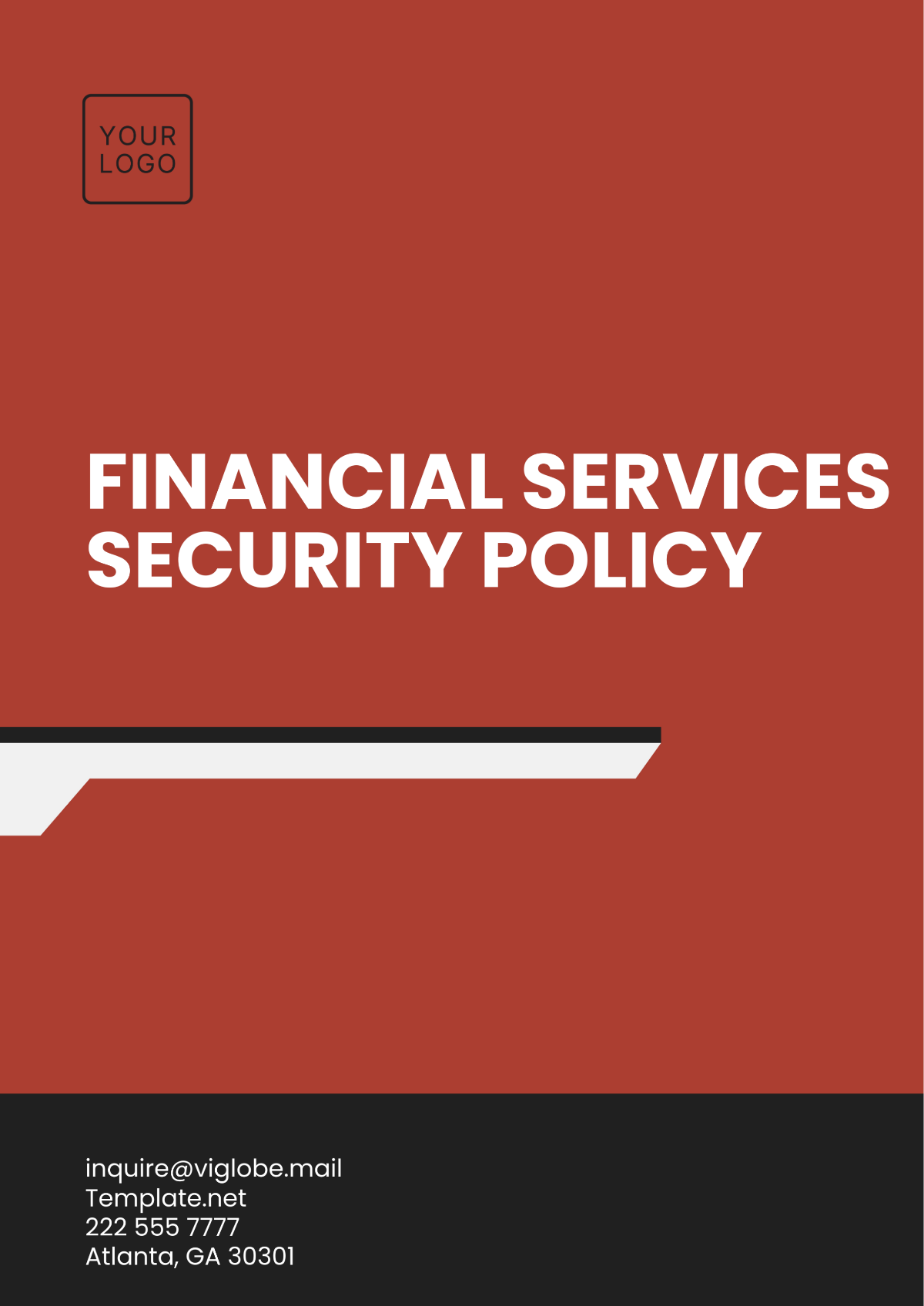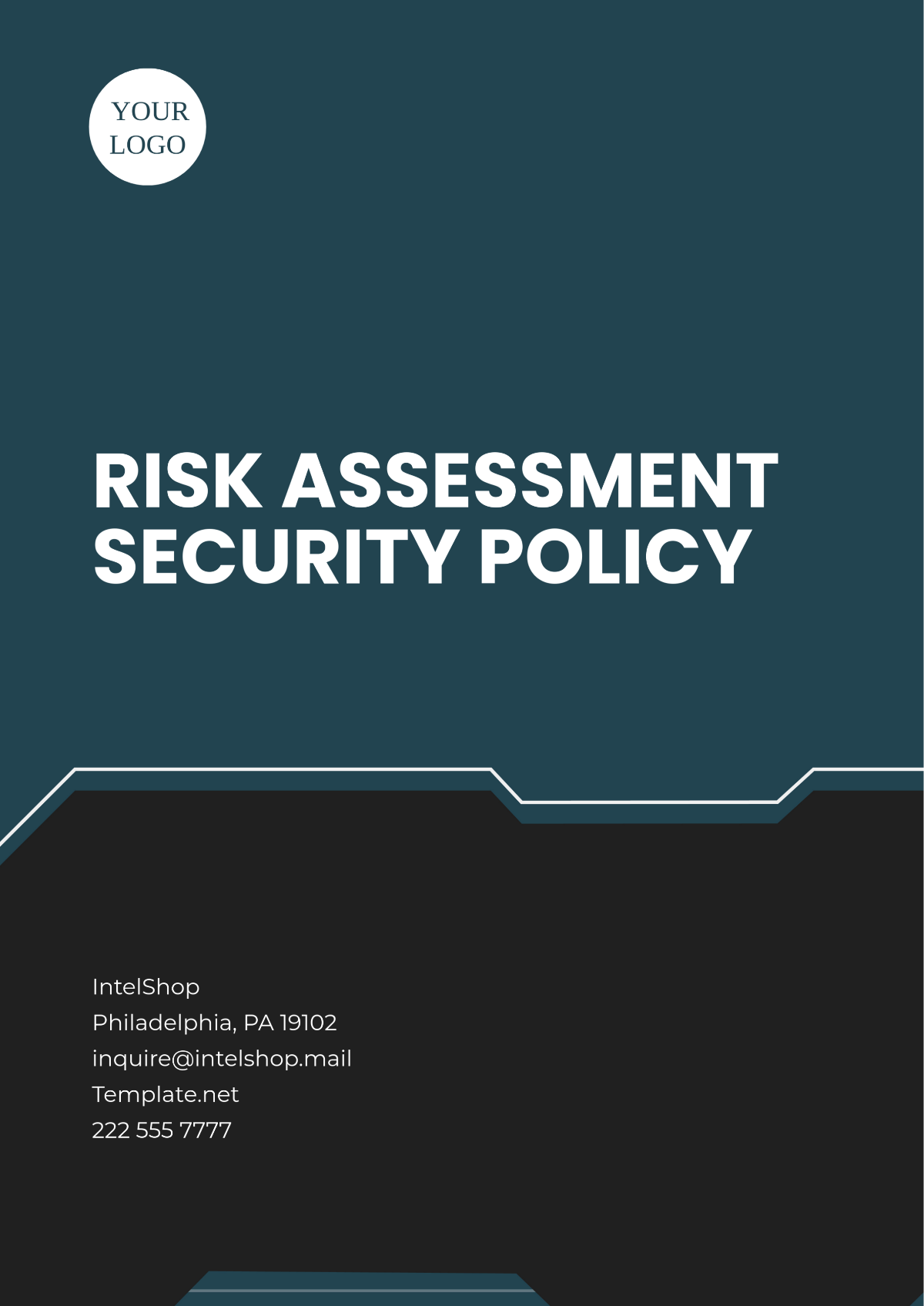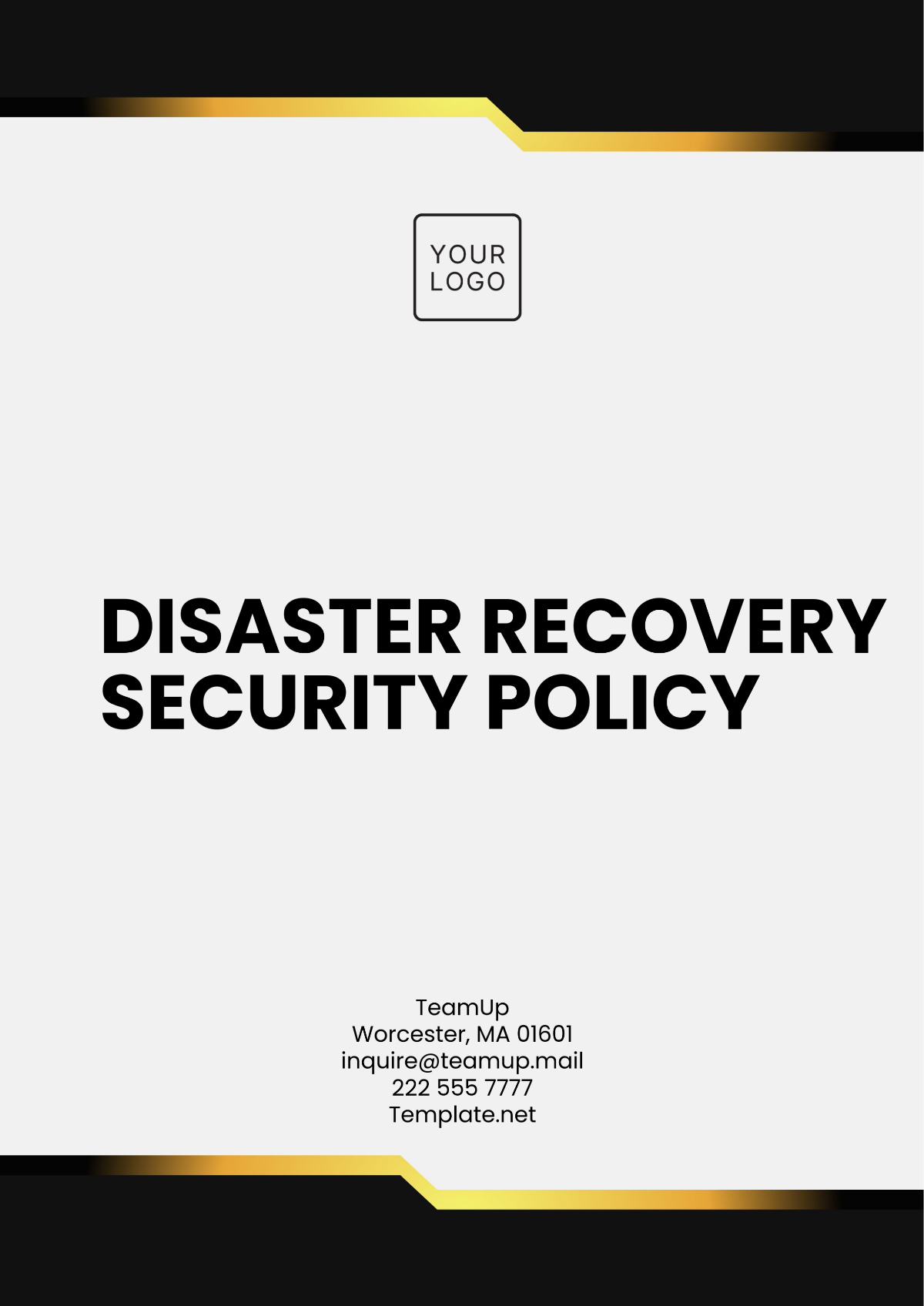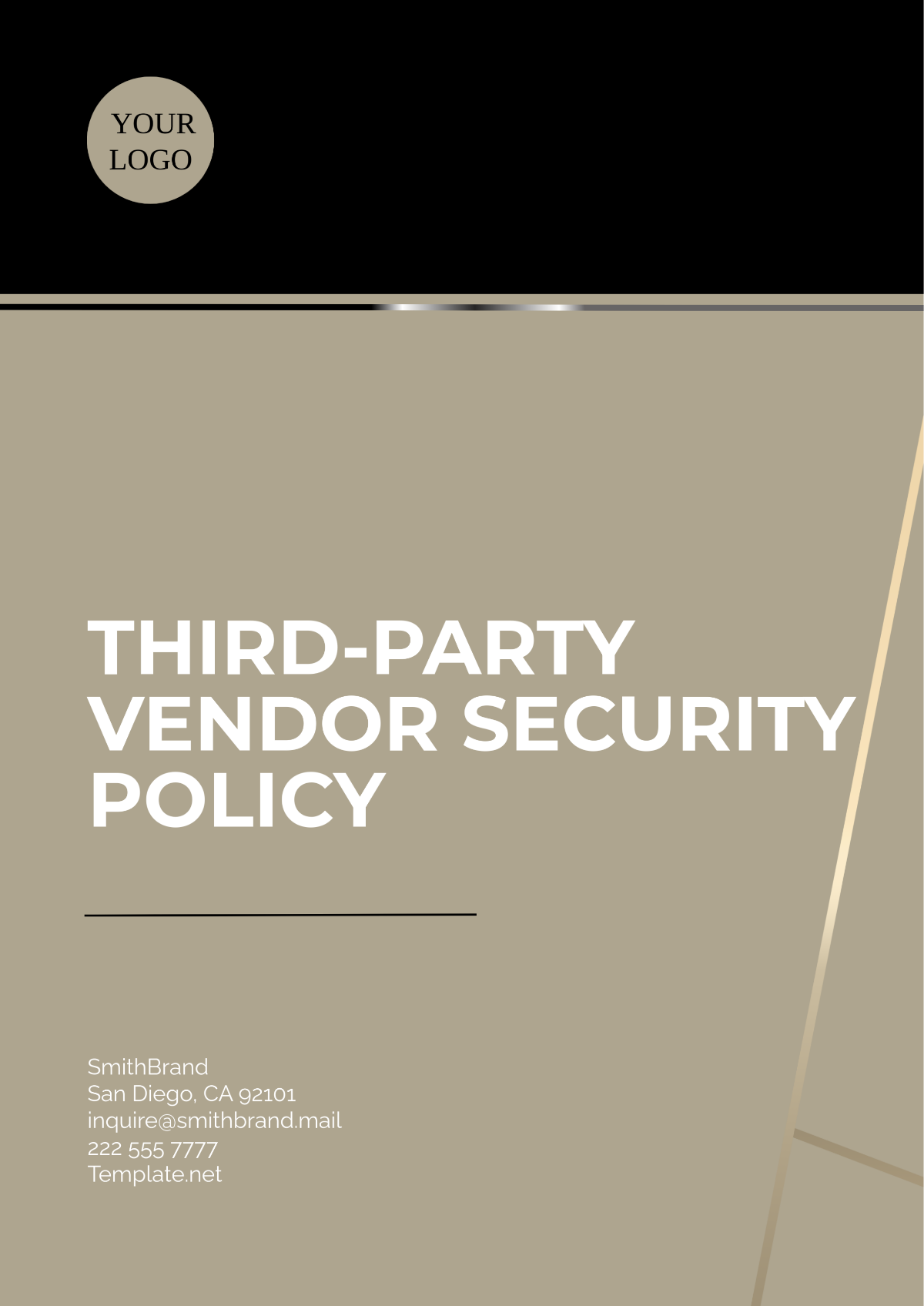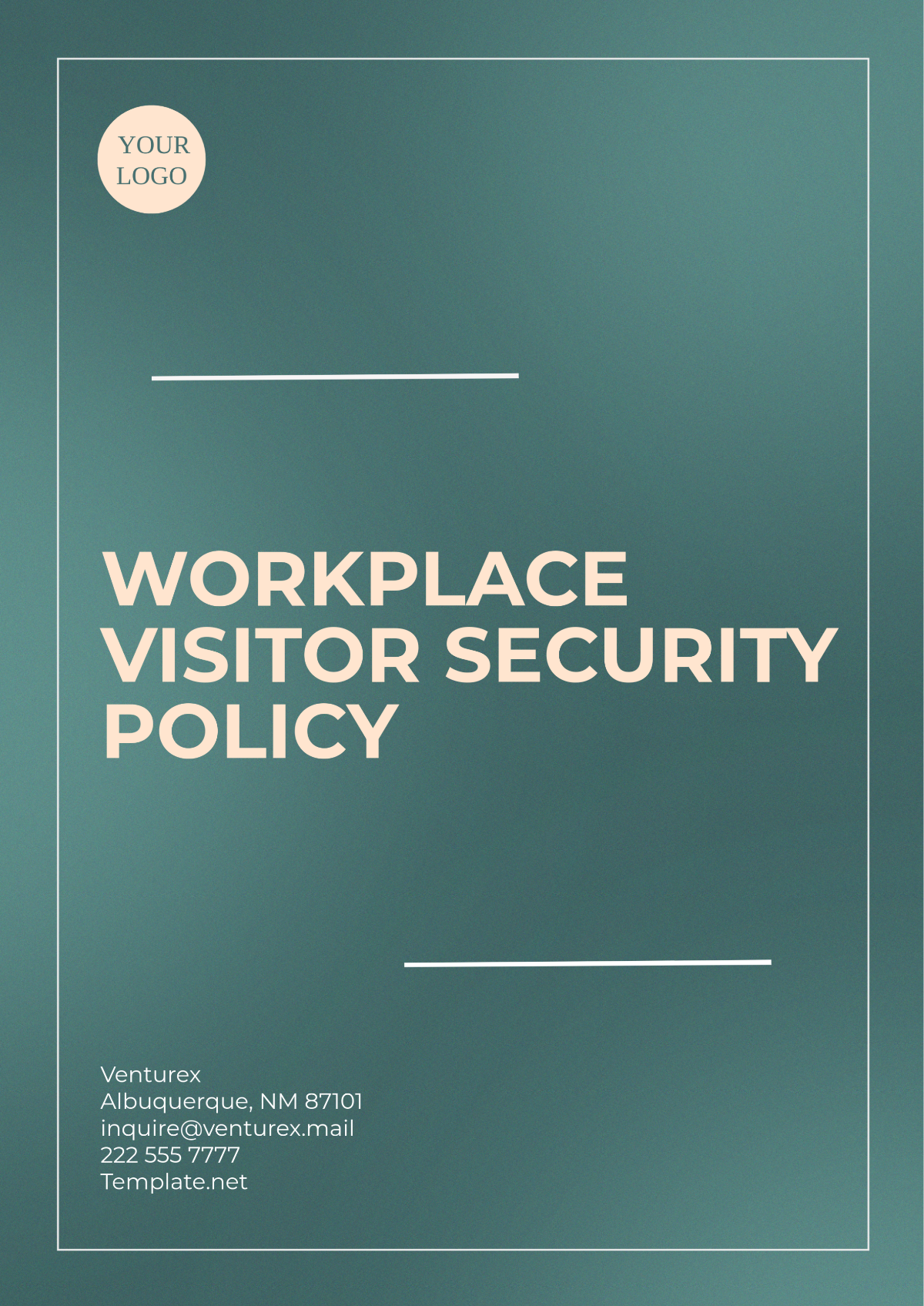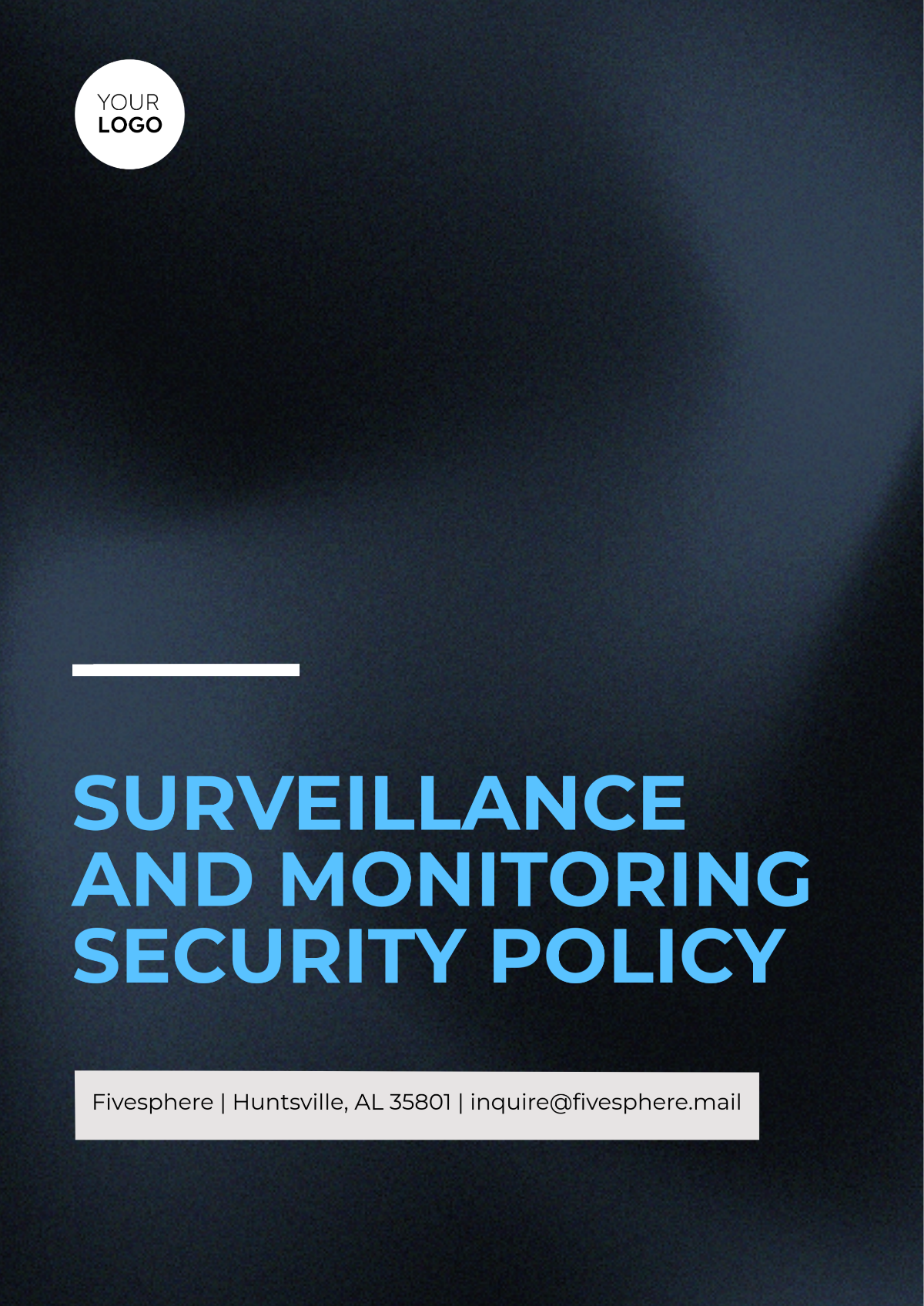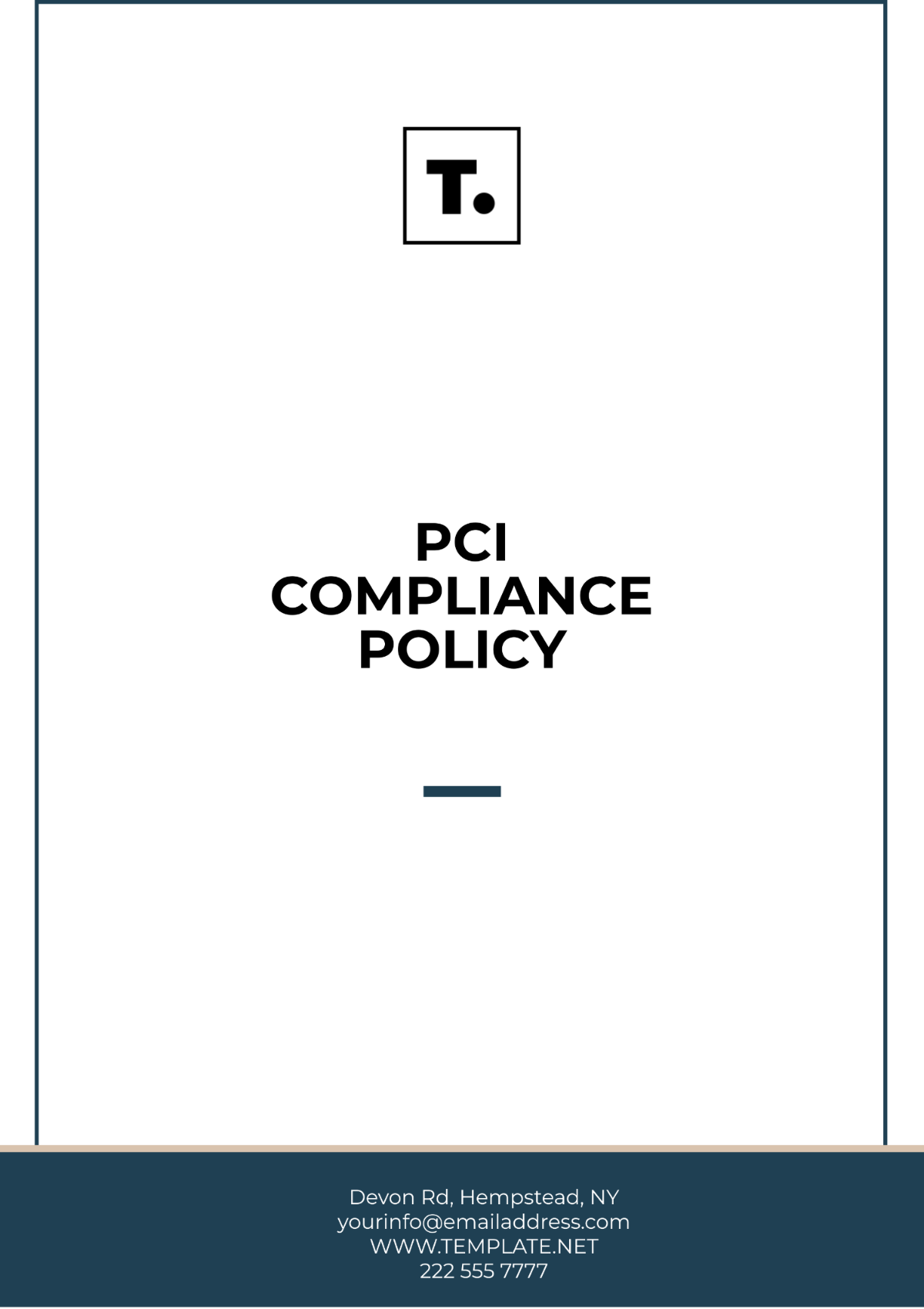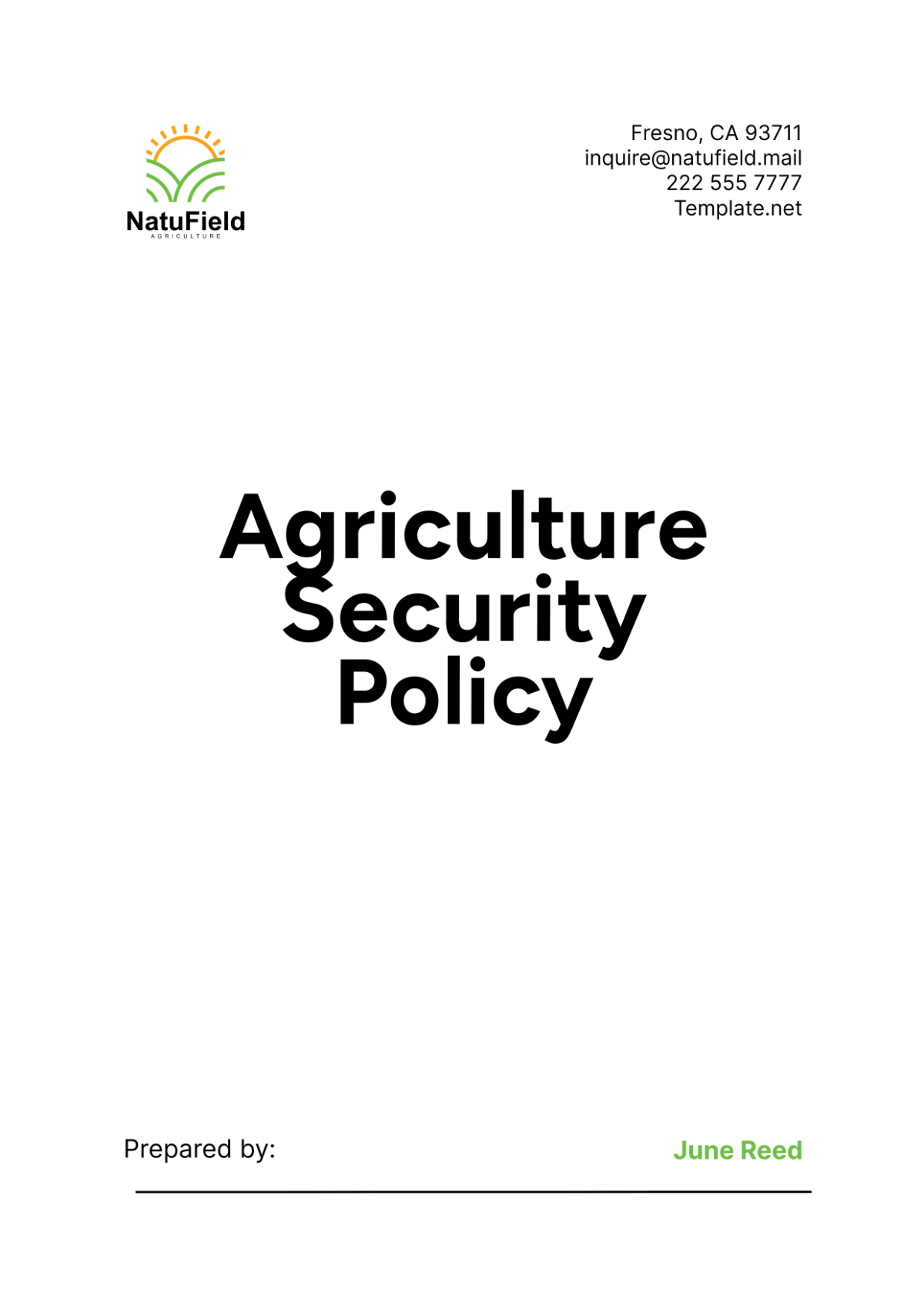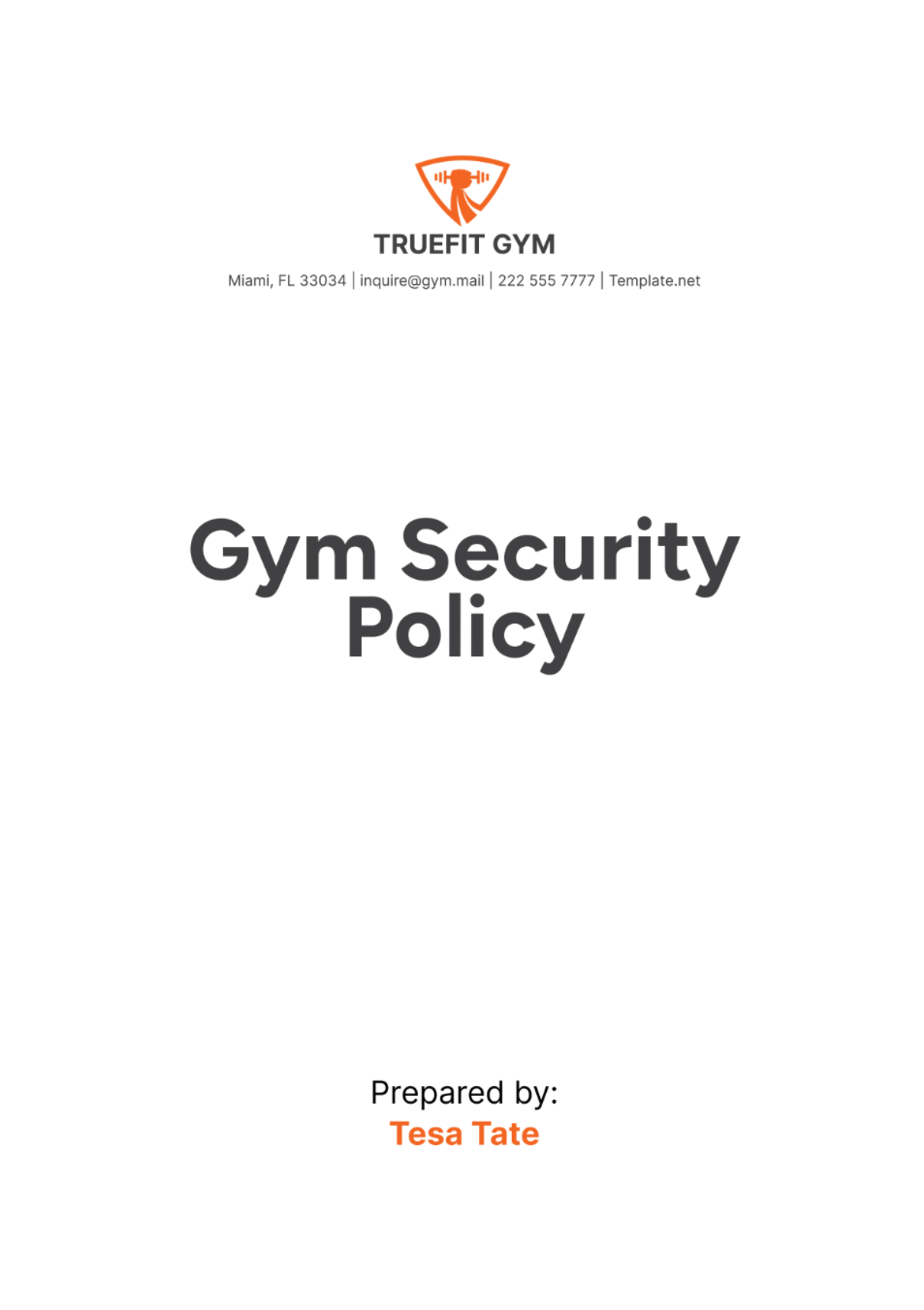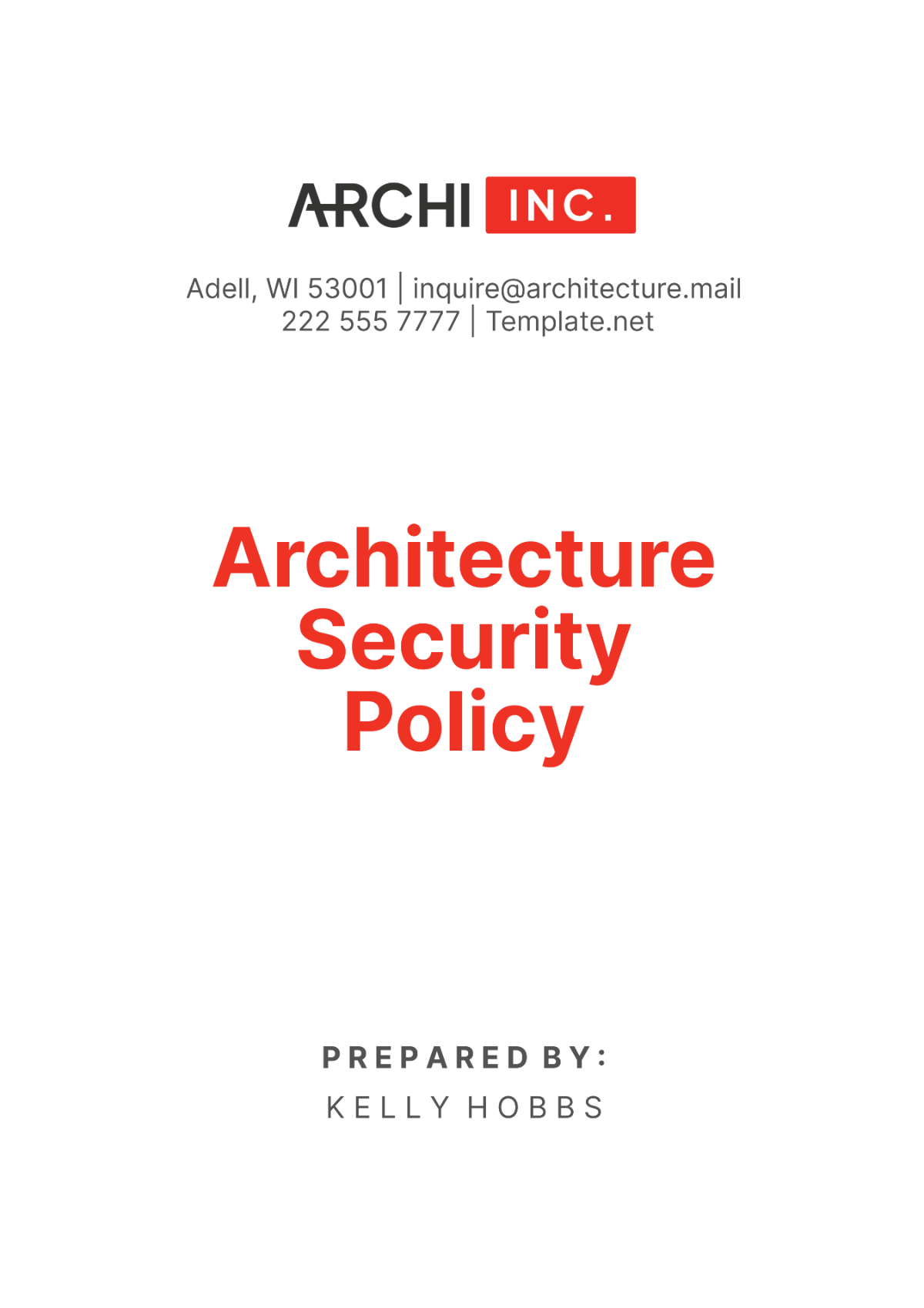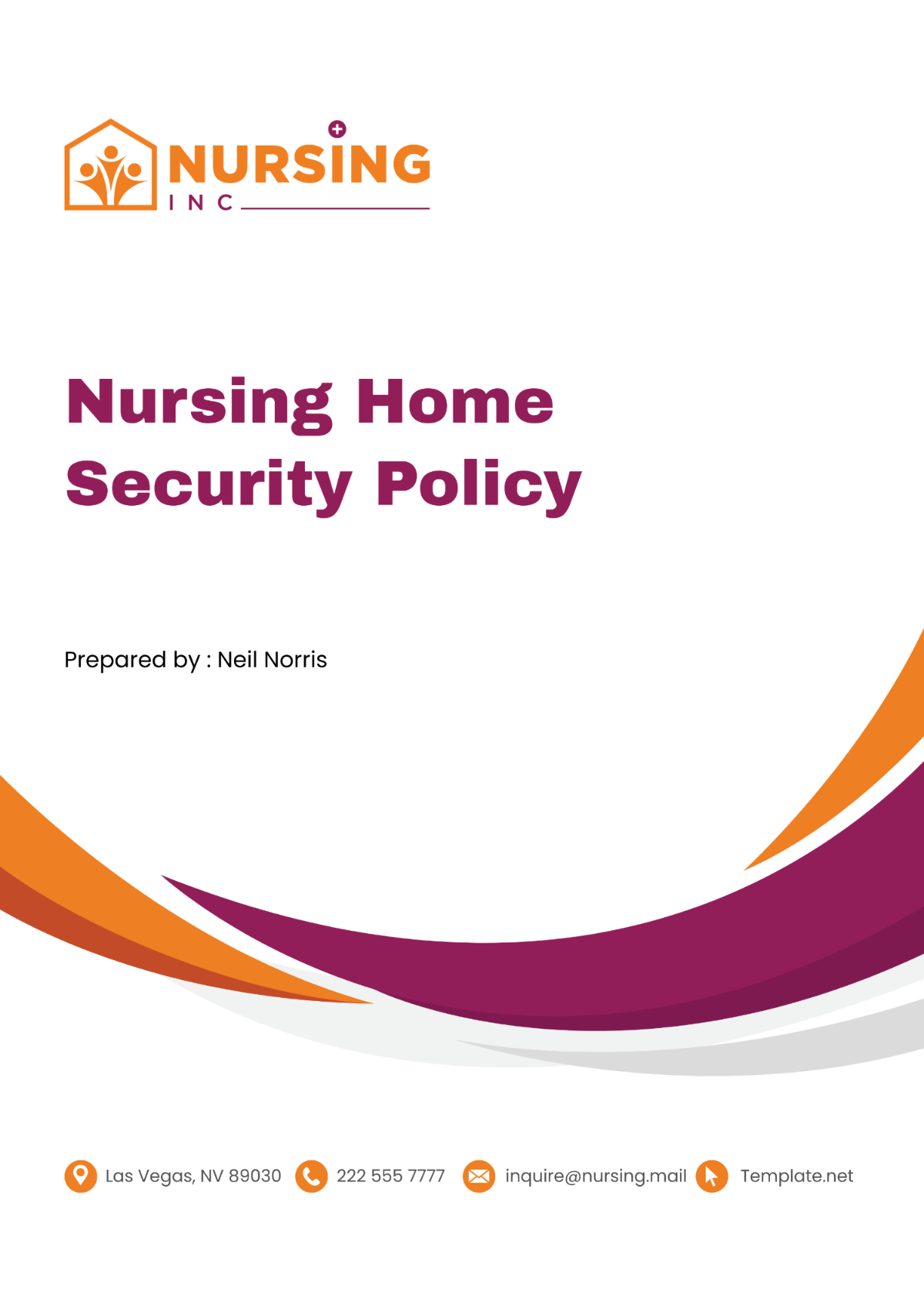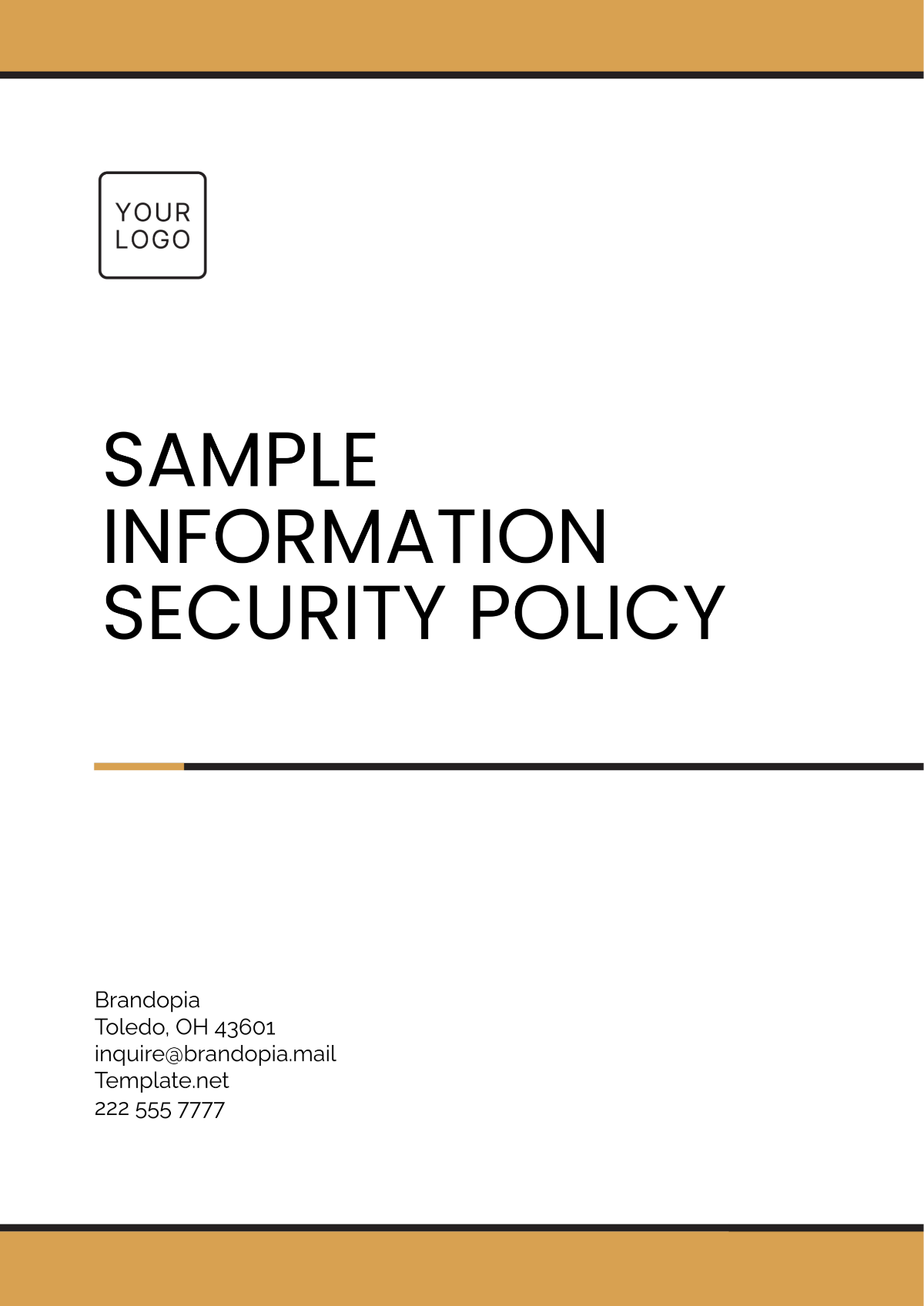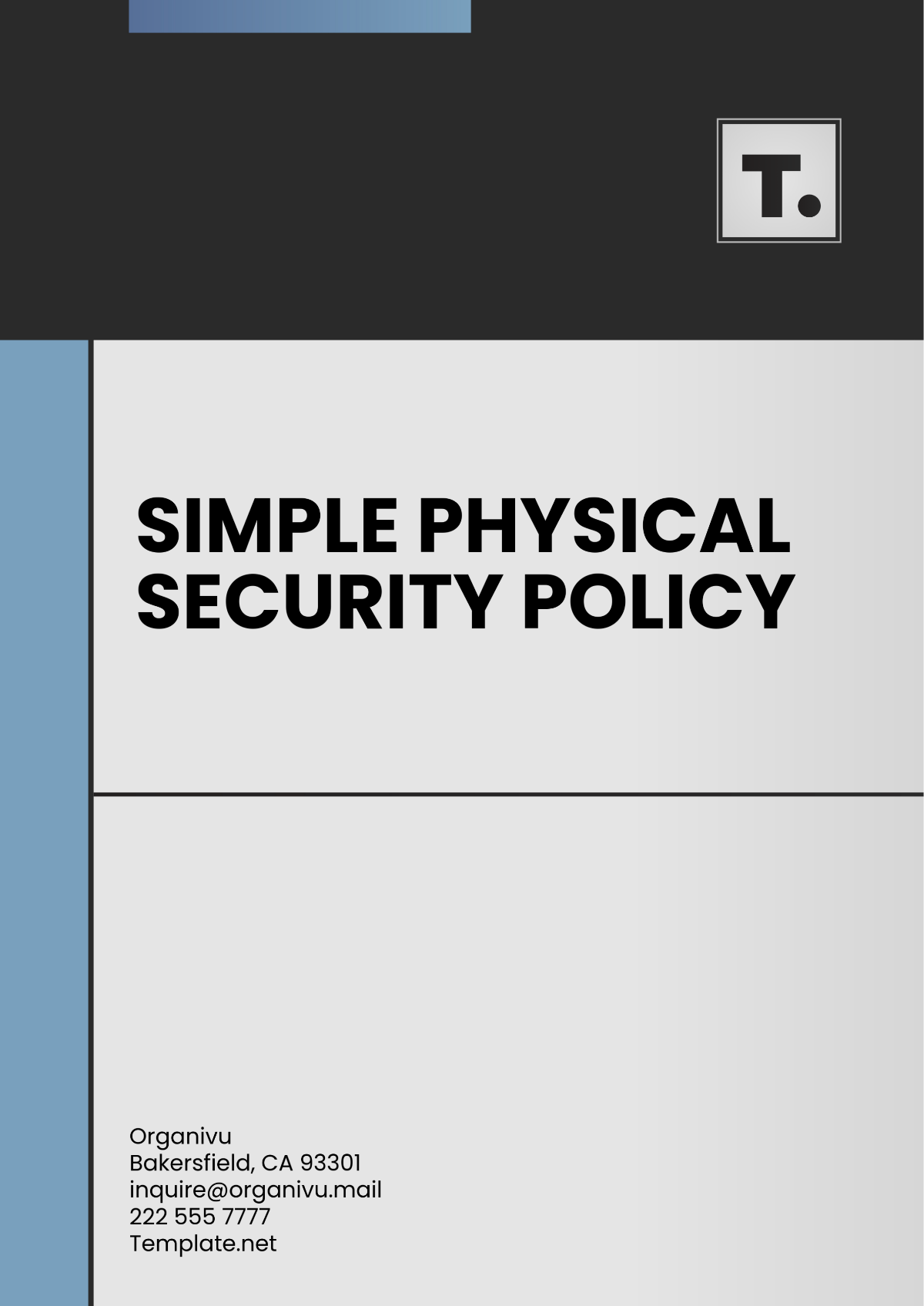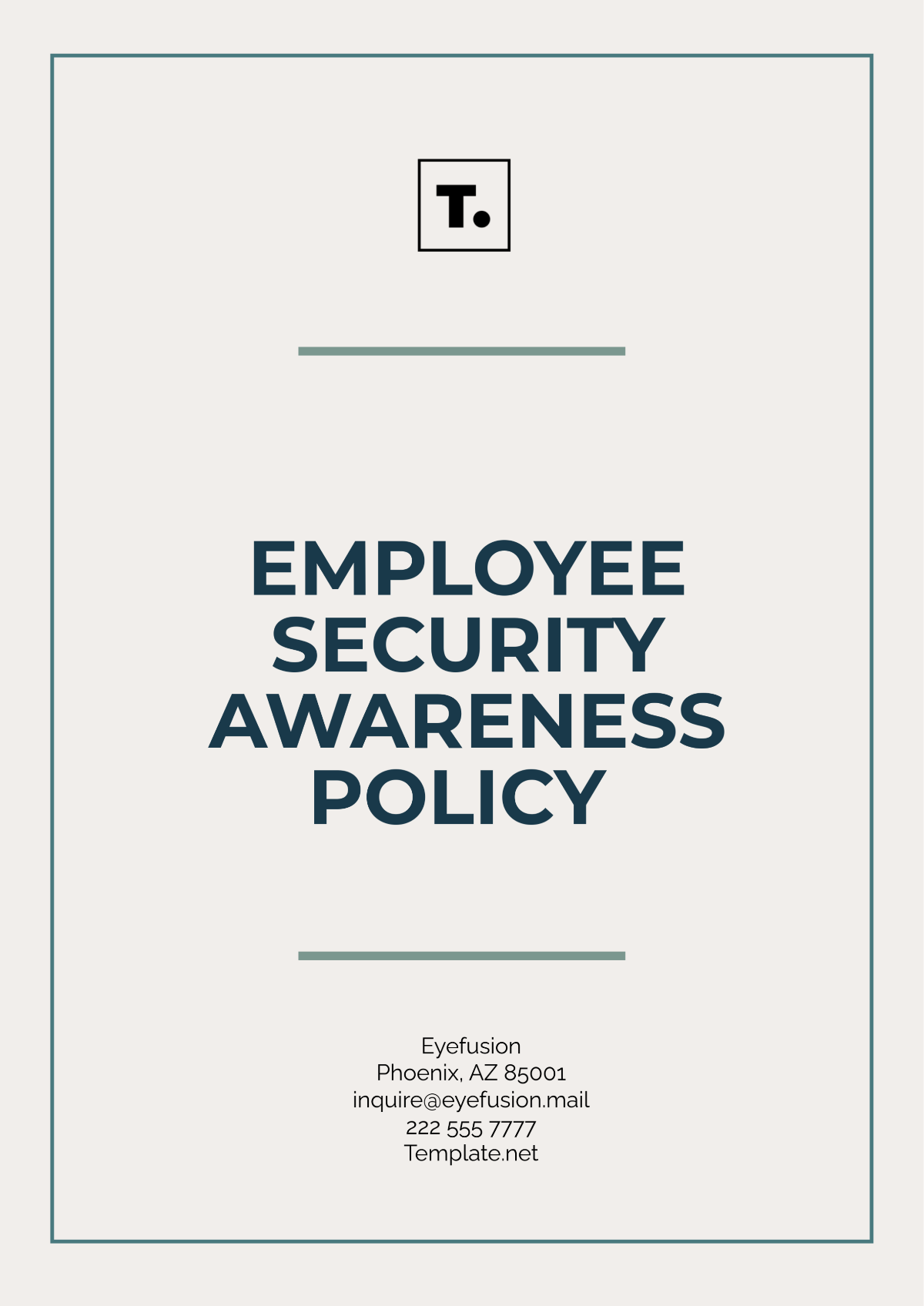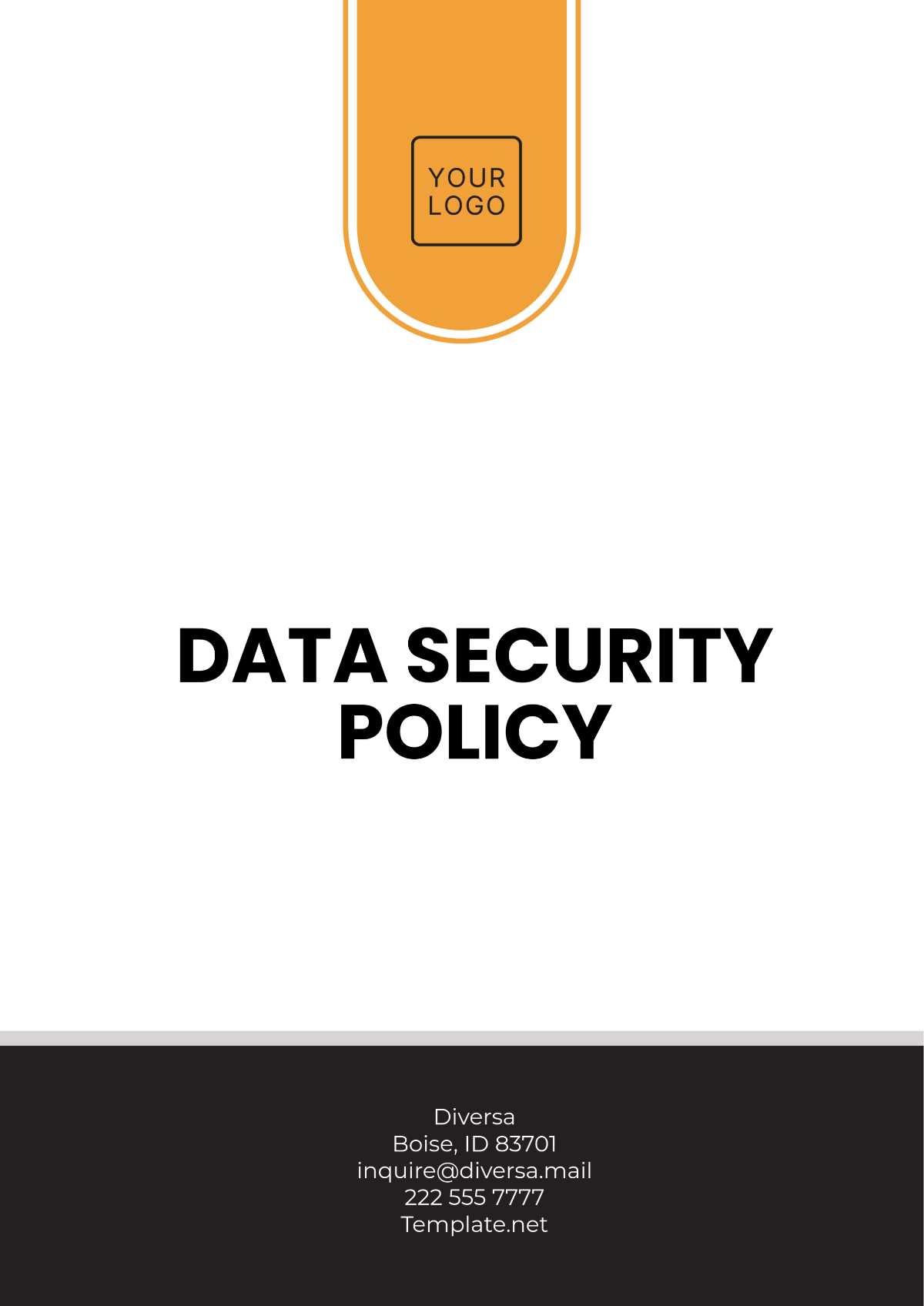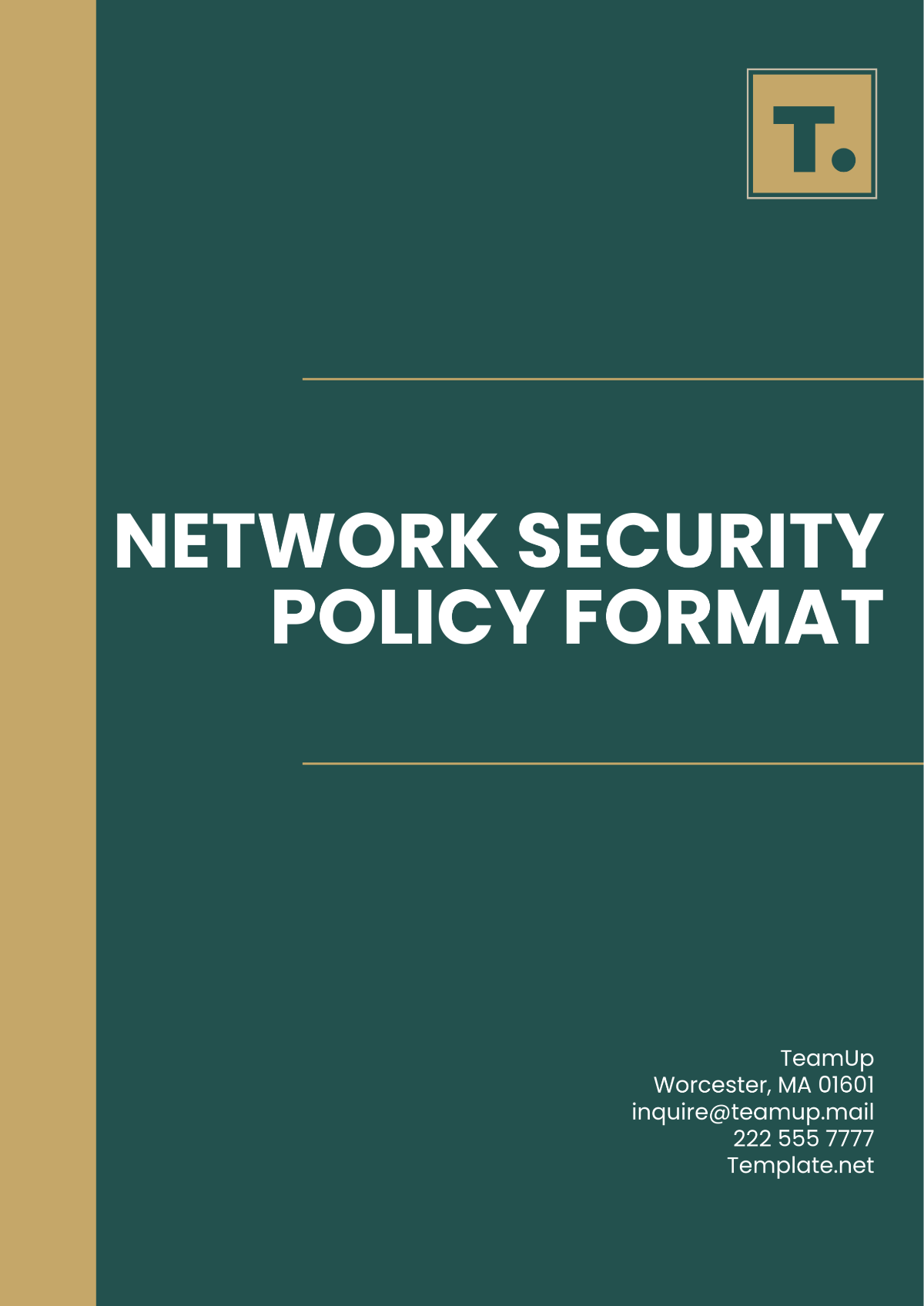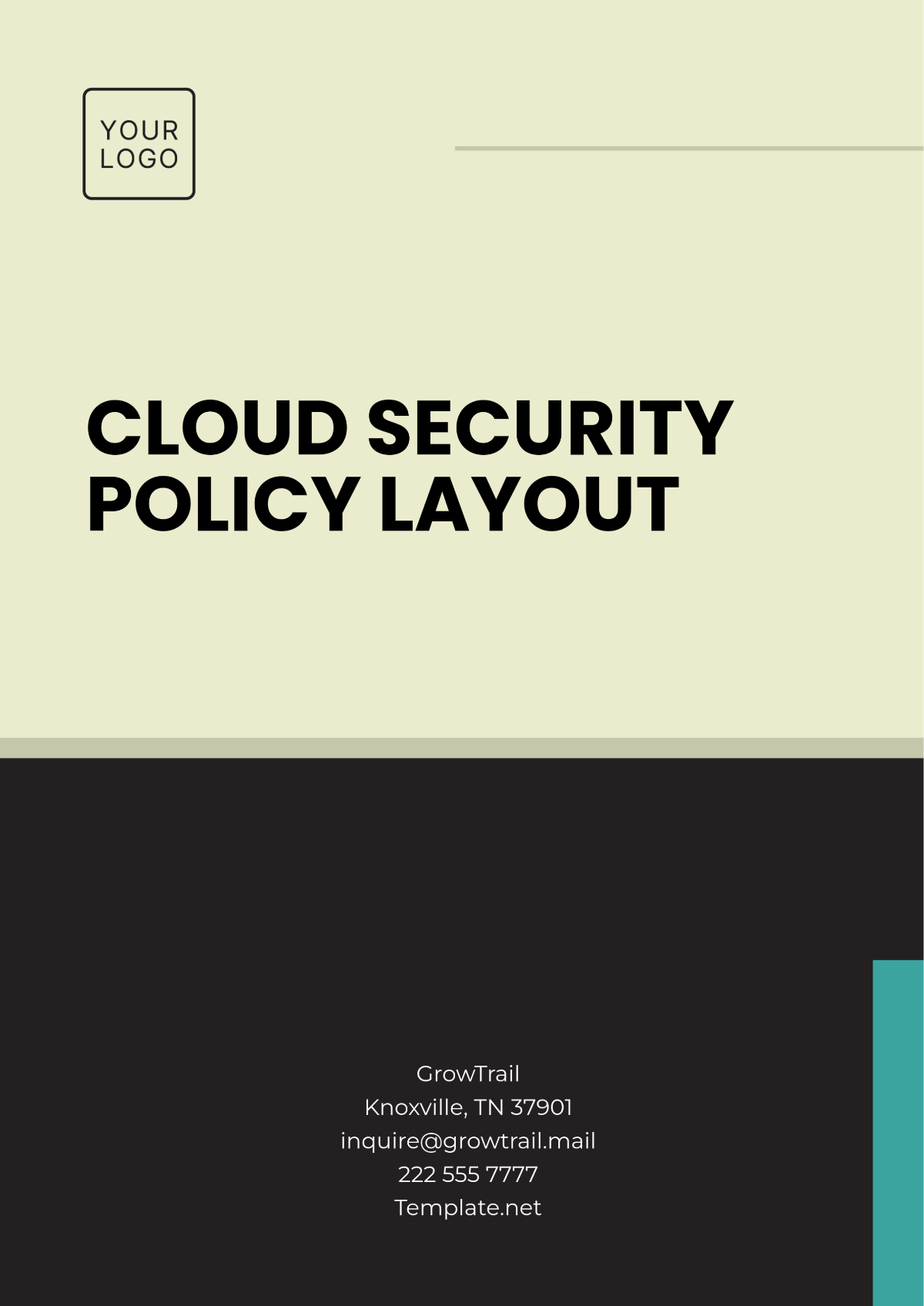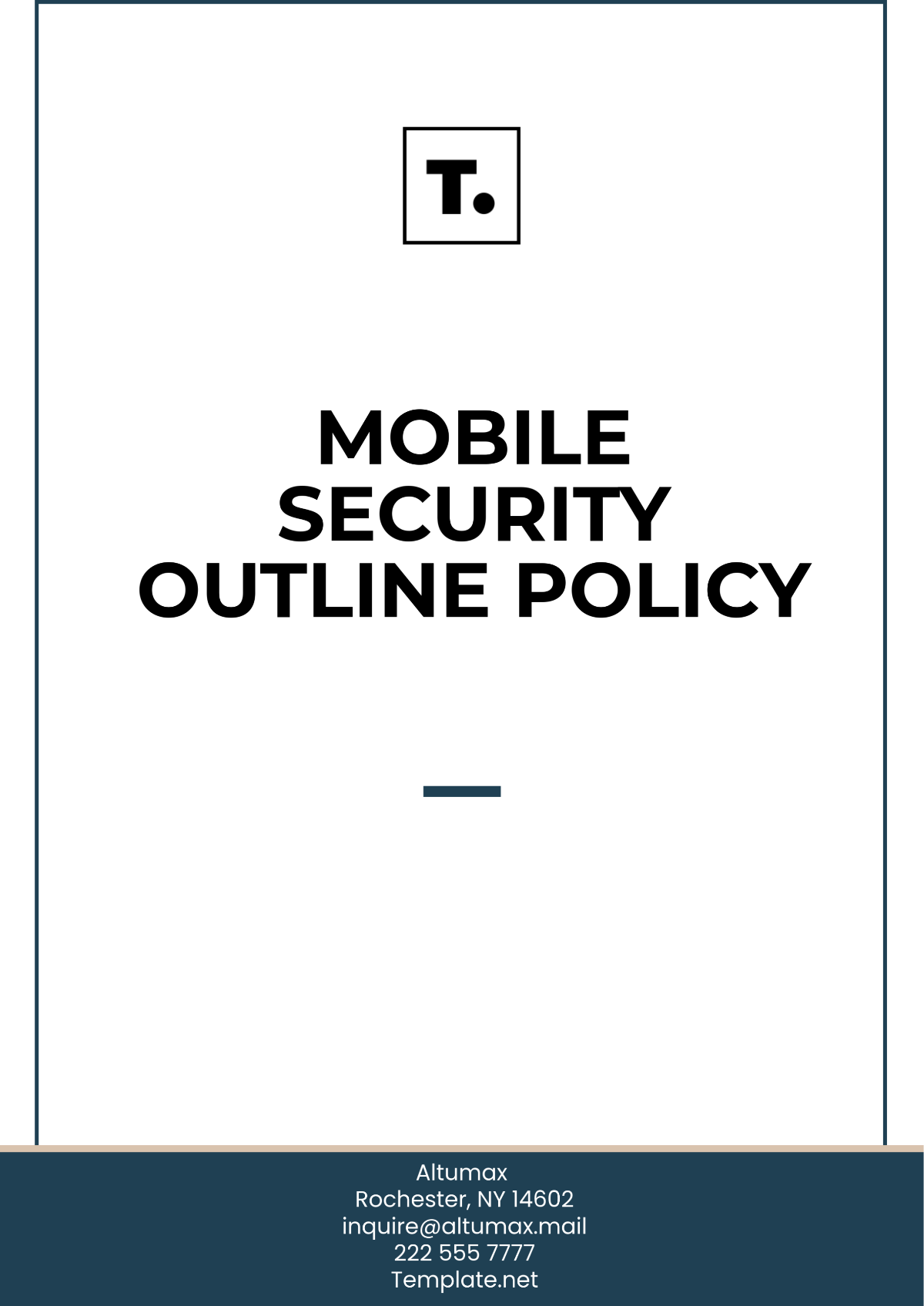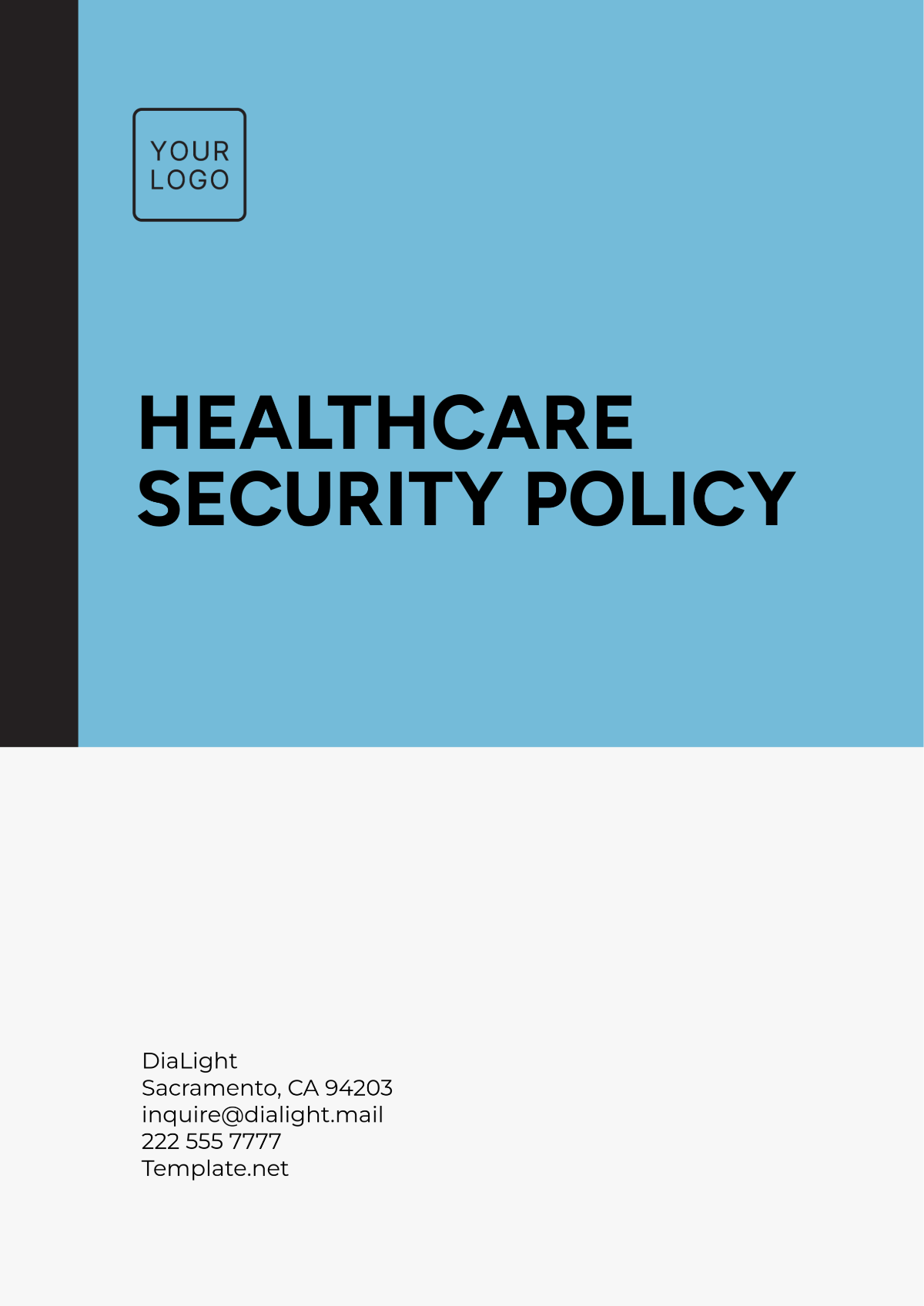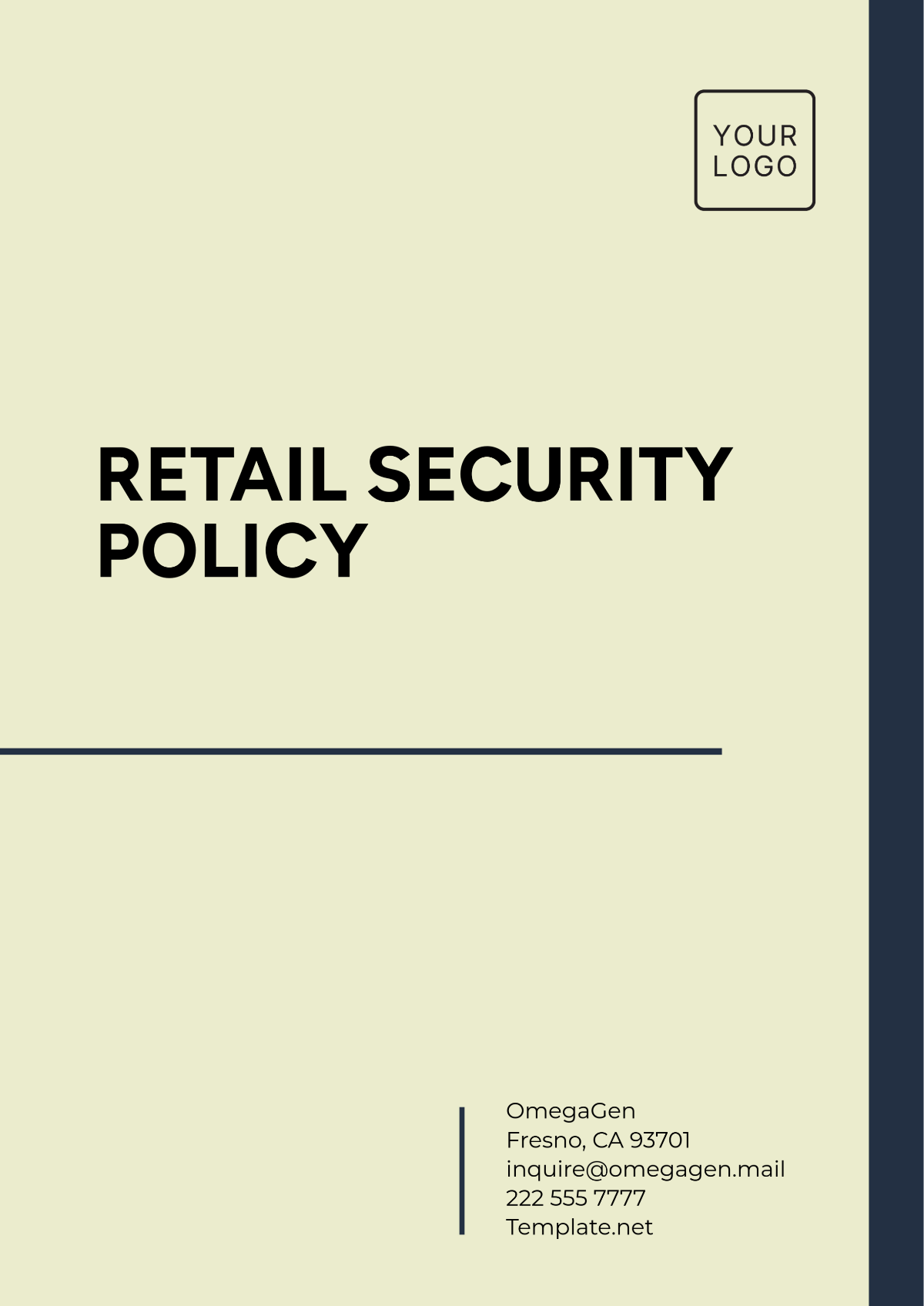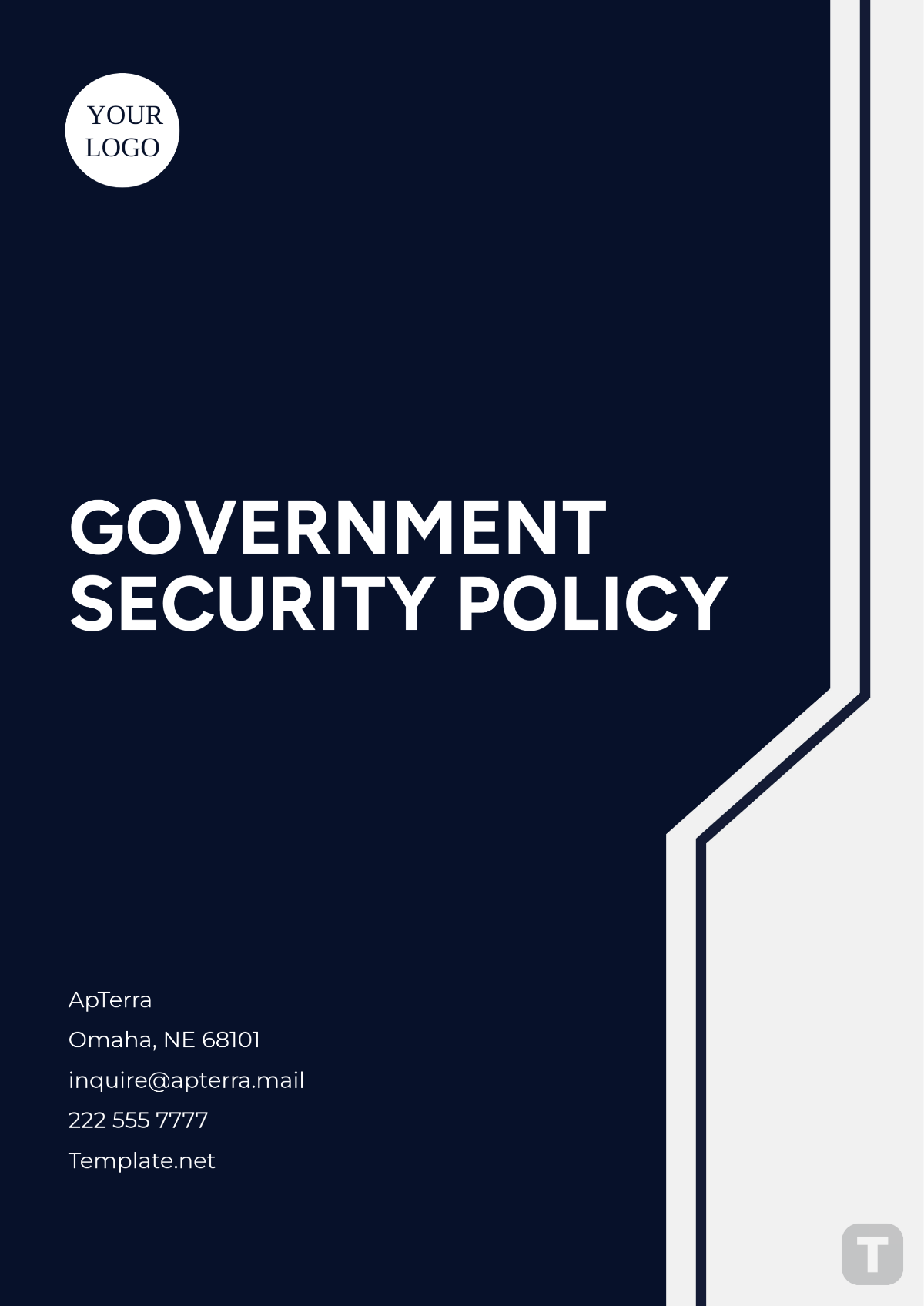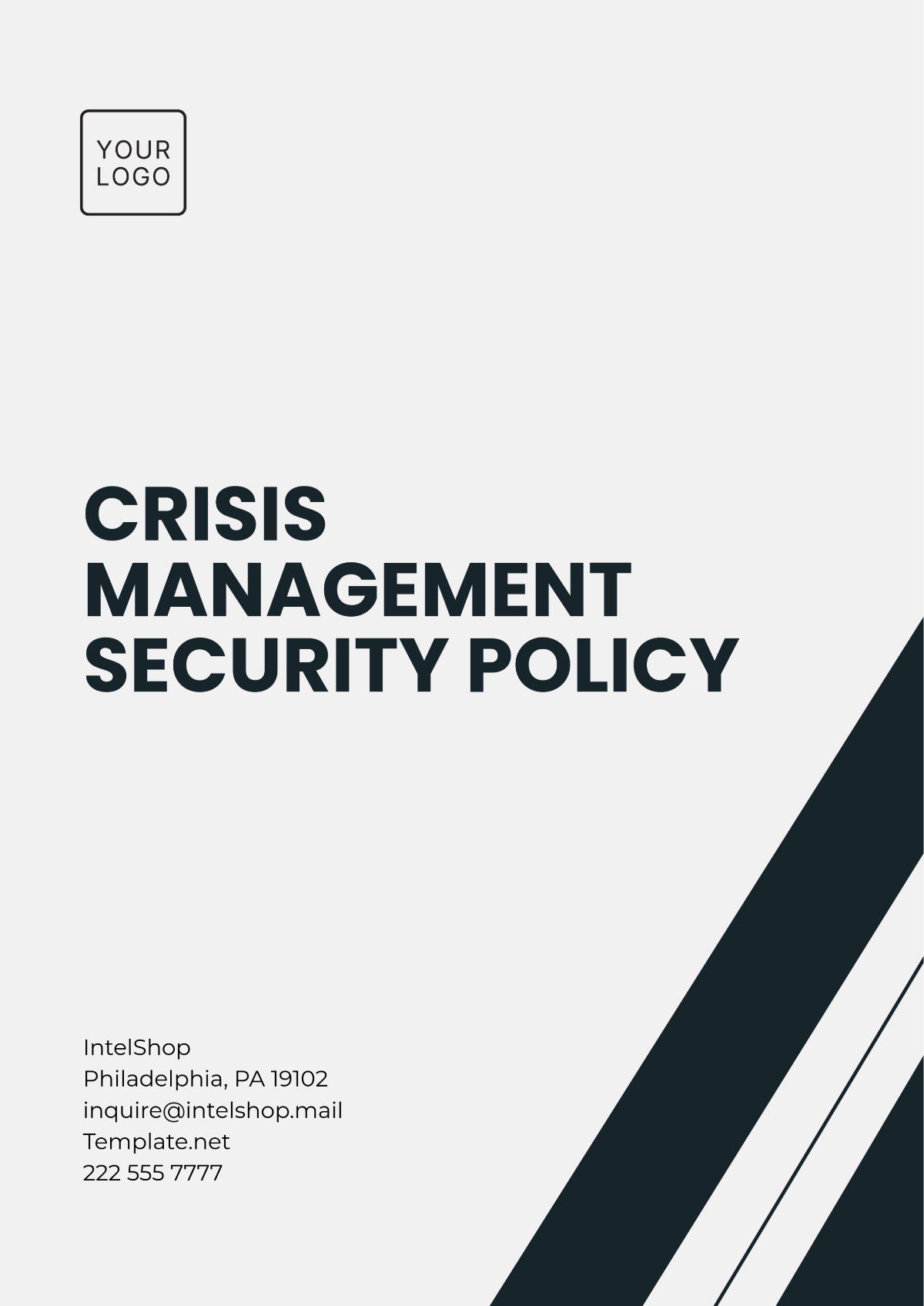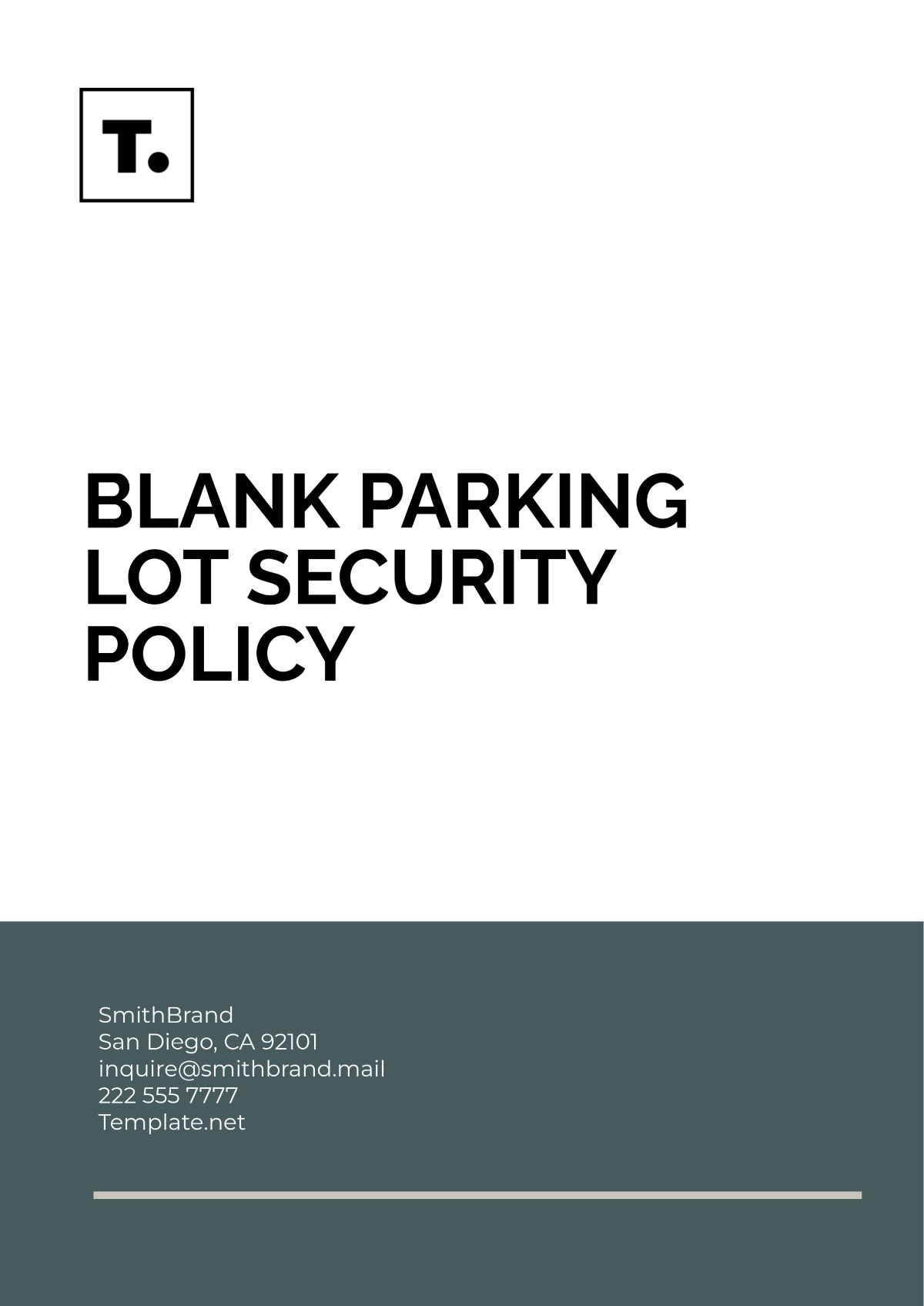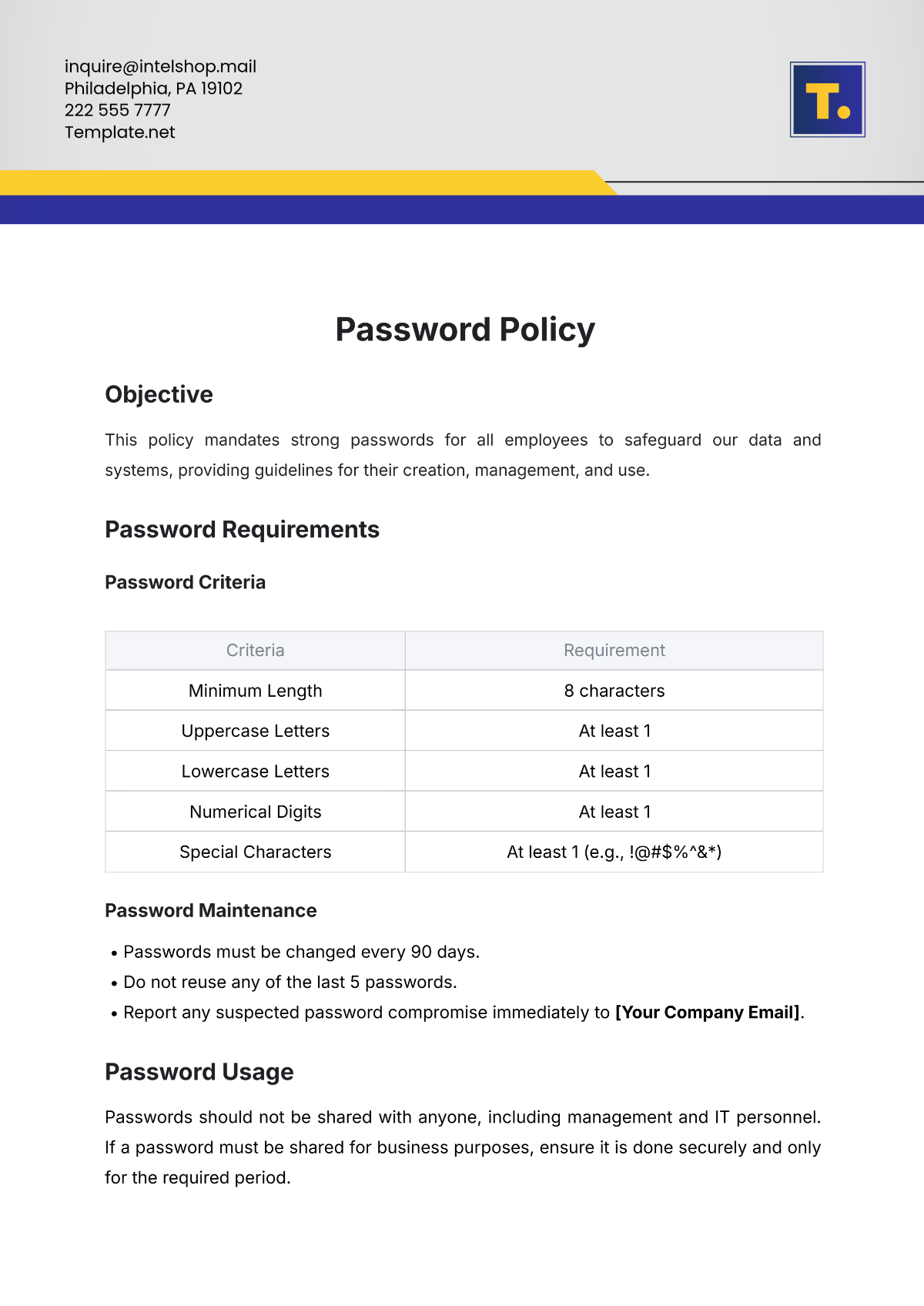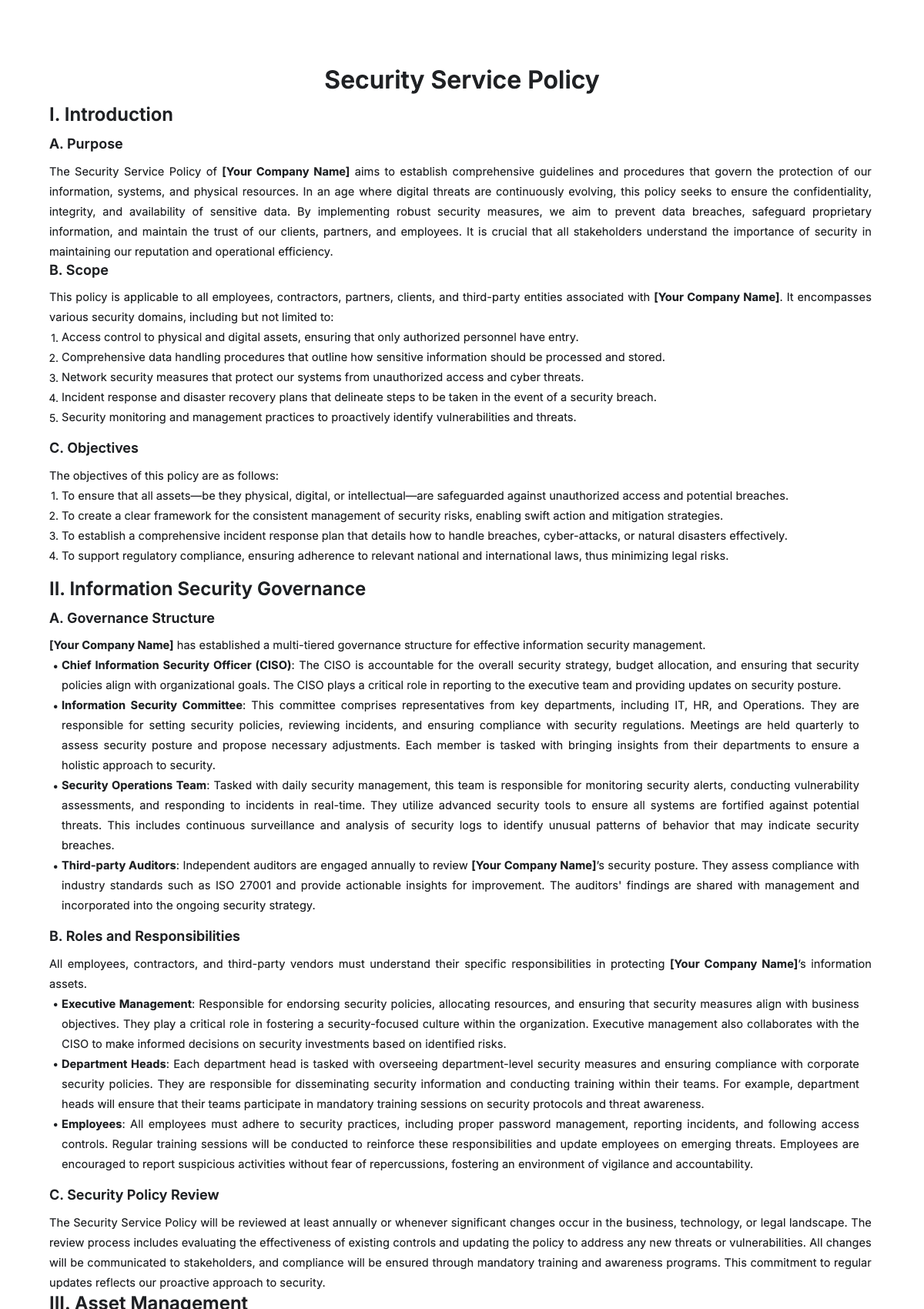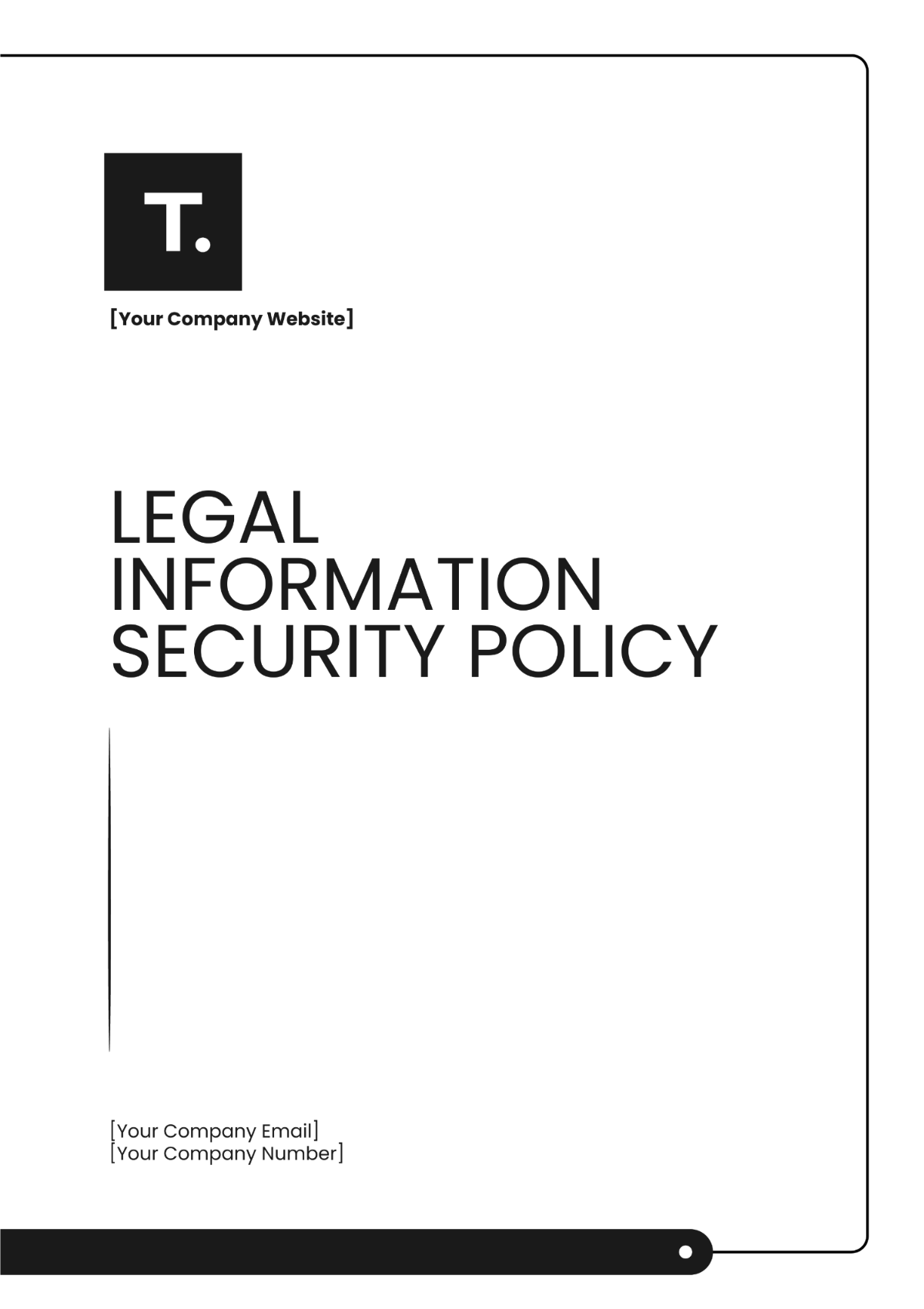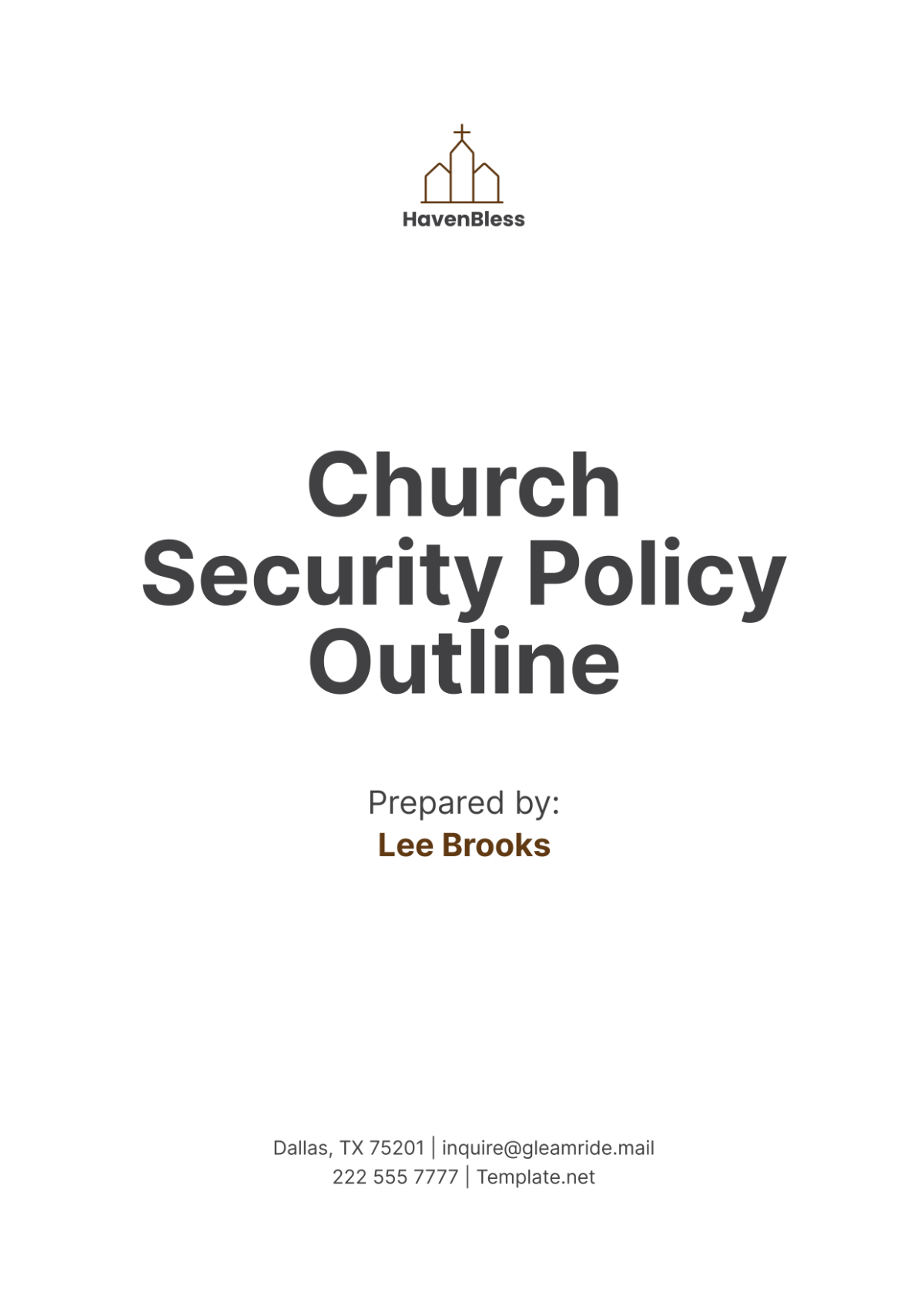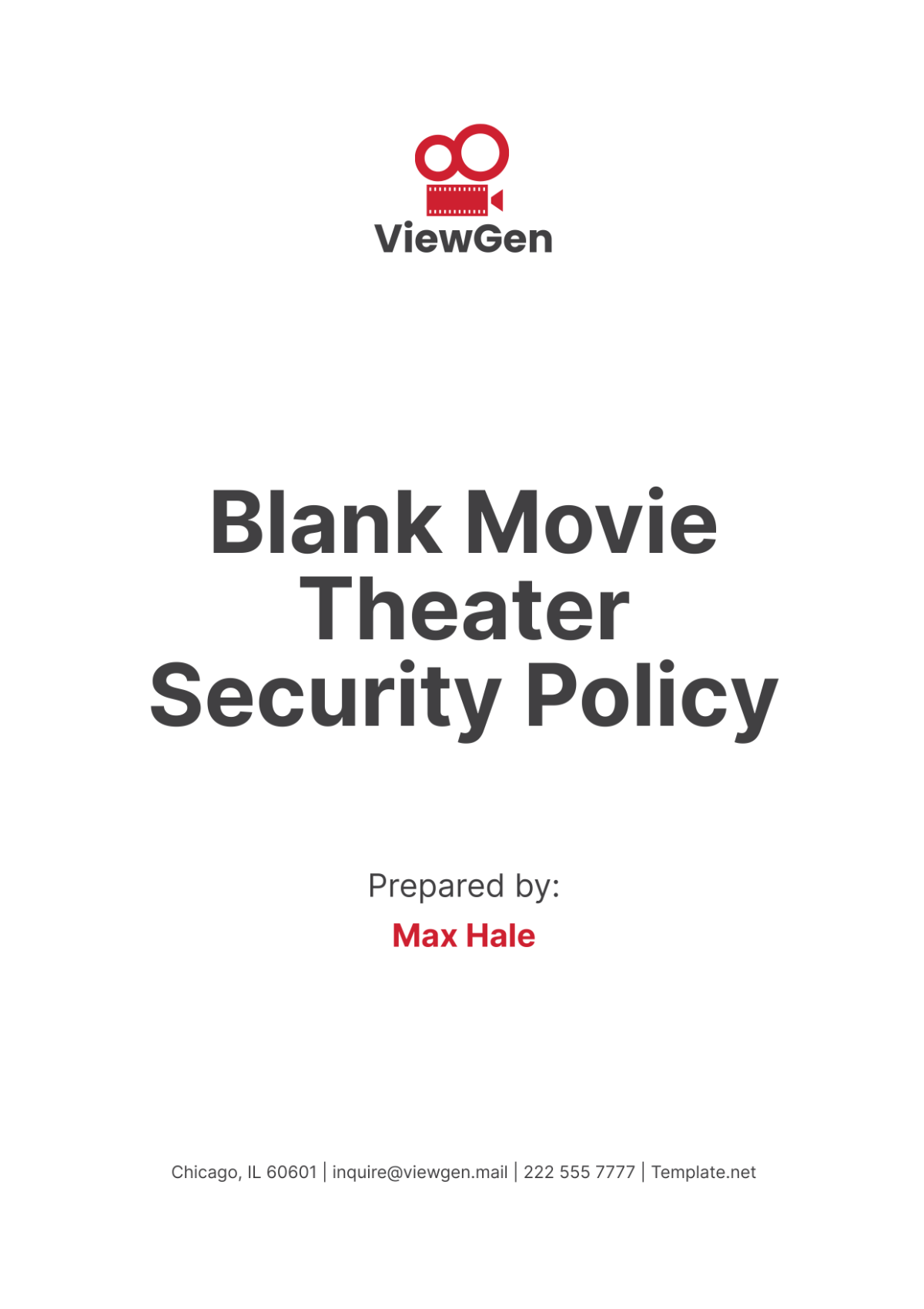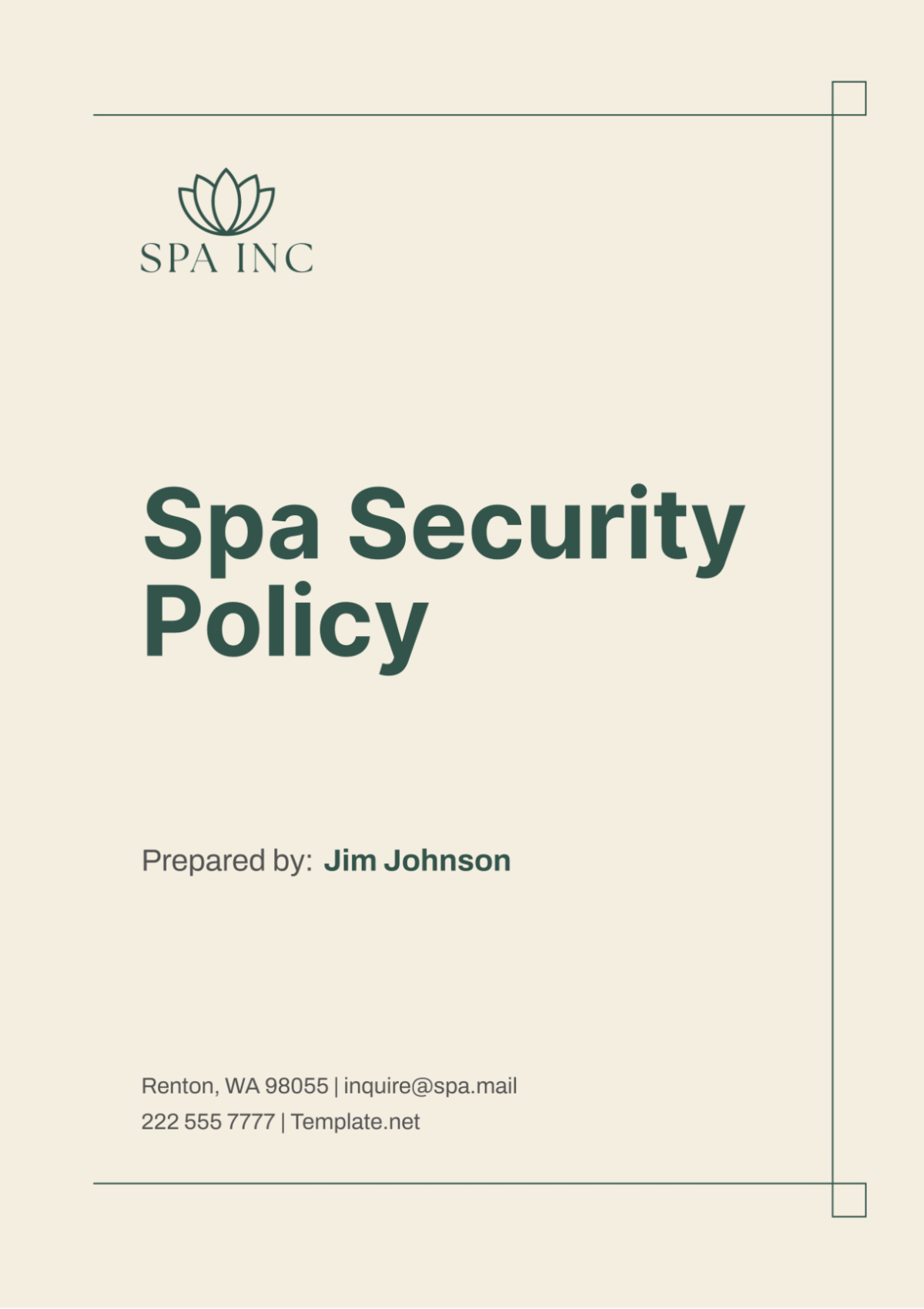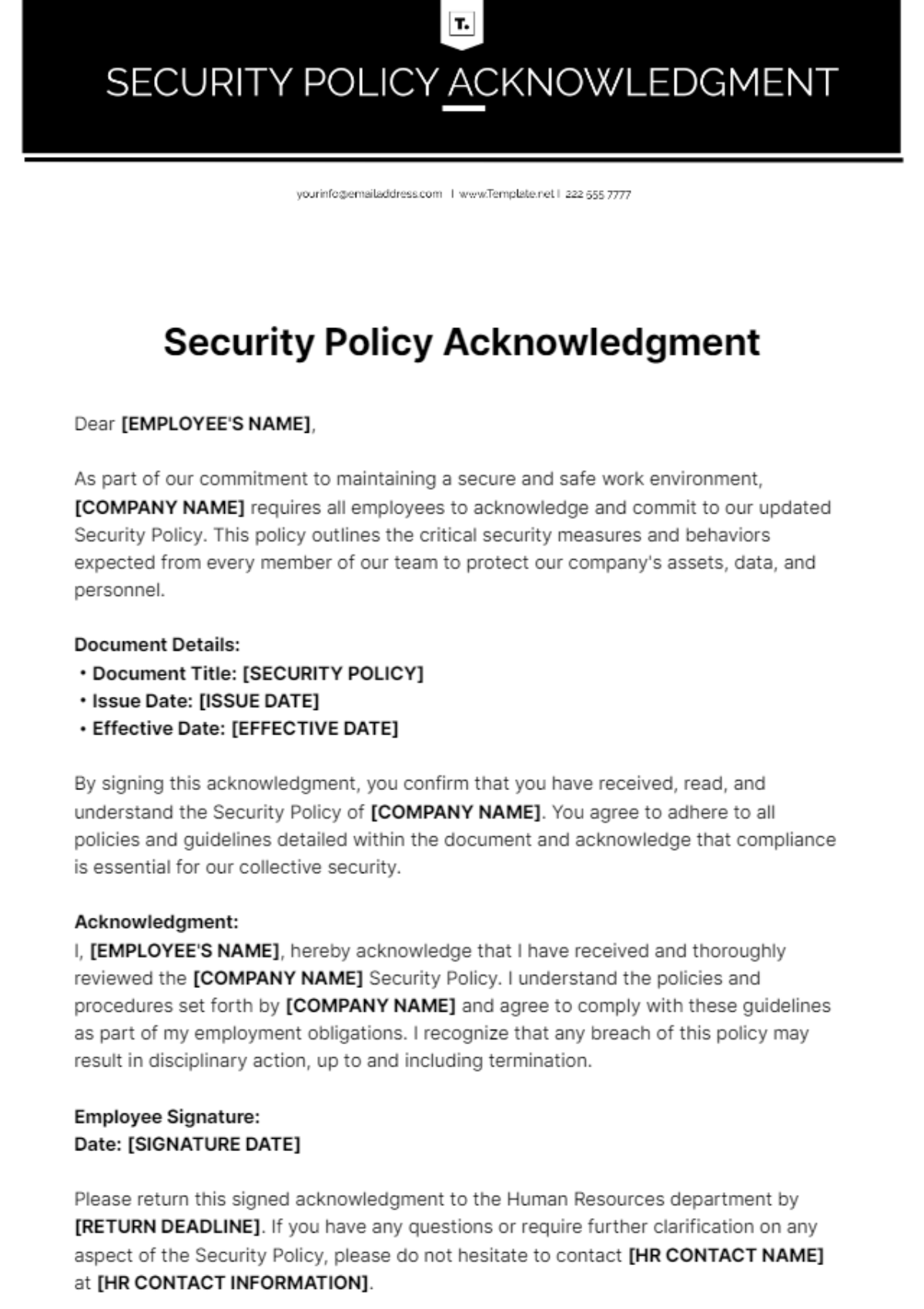Security Policy
Effective Date: January 1, 2090
Last Reviewed: December 15, 2089
1. Purpose
This Security Policy establishes comprehensive guidelines and procedures to ensure the confidentiality, integrity, and availability of [Your Company Name]'s information assets and systems. It safeguards sensitive data, mitigates risks, and ensures compliance with legal and regulatory requirements, including GDPR, HIPAA, and ISO 27001.
2. Scope
This policy applies to all [Your Company Name] employees, contractors, consultants, temporary staff, and other workers, including personnel affiliated with third-party vendors. It covers all organizational systems, devices, networks, and data, whether located on-premises, in the cloud, or on portable devices.
3. Policy Statements
3.1 Access Control
Access to ACME Corporation’s systems and data is granted on a "least privilege" basis, requiring formal approval by a supervisor.
Multi-factor authentication (MFA) is mandatory for access to critical systems, including financial records, customer data, and administrative tools.
Quarterly access reviews will be conducted by the IT department to verify permissions align with job roles.
3.2 Data Protection
All customer data stored in ACME’s CRM is encrypted with AES-256 encryption.
Data backups are performed daily at 11:00 PM EST and stored in a secured AWS S3 bucket with restricted access.
ACME retains employee data for 7 years to comply with regulatory standards, after which it is securely deleted using certified data-wiping tools.
3.3 Device Management
Only company-issued devices with endpoint protection software (e.g., CrowdStrike) are allowed to access the corporate network.
Security patches for operating systems and software are applied within 72 hours of release.
Employees must report lost or stolen devices to the IT Helpdesk (helpdesk@acme.com or call 555-123-4567) within 1 hour of discovery.
3.4 Network Security
ACME uses Palo Alto firewalls and Cisco Intrusion Prevention Systems to monitor and block unauthorized traffic.
Penetration testing is conducted semi-annually by a certified third-party vendor, with findings addressed within 30 days.
Guest Wi-Fi access is segregated from the corporate network and limited to internet-only connectivity.
3.5 Incident Response
All security incidents, including phishing attacks or suspected breaches, must be reported to security@acme.com immediately.
The Incident Response Team (IRT) follows ACME's Incident Response Plan, which includes containment, eradication, and recovery phases.
Post-incident reviews will include a detailed root cause analysis and recommendations to prevent recurrence, documented in a report within 5 business days.
3.6 Training and Awareness
Employees must complete an annual 2-hour cybersecurity training module via ACME’s LMS platform.
Monthly phishing simulations are conducted, and failure rates are reviewed by department heads.
Upon onboarding, all new hires are required to sign the Security Policy acknowledgment form.
3.7 Third-Party Vendors
Vendors processing ACME customer data, such as payment processors, must sign a Data Protection Agreement (DPA) that includes adherence to SOC 2 compliance.
Security audits of third-party vendors will be conducted every 12 months to verify compliance with ACME’s security standards.
Any vendor failing to meet these requirements will be subject to contract termination and removal from all ACME systems.
4. Roles and Responsibilities
IT Department: Manage, monitor, and update all security systems and enforce compliance.
Employees: Adhere to the Security Policy and report suspicious activity or policy violations.
Management: Provide resources and support for implementing the Security Policy.
5. Enforcement
Violations of this policy, including unauthorized data access or failure to report security incidents, may result in disciplinary action up to and including termination of employment. Legal action may also be pursued in cases of malicious activity.
6. Review and Updates
The [Your Company Name] Security Policy will be reviewed annually by the Chief Information Security Officer (CISO) and the IT Governance Committee. Any amendments will be communicated organization-wide within 5 business days of approval.
Approval:
 [Your Name]
[Your Name]
Chief Information Security Officer
Date: December 15, 2089


